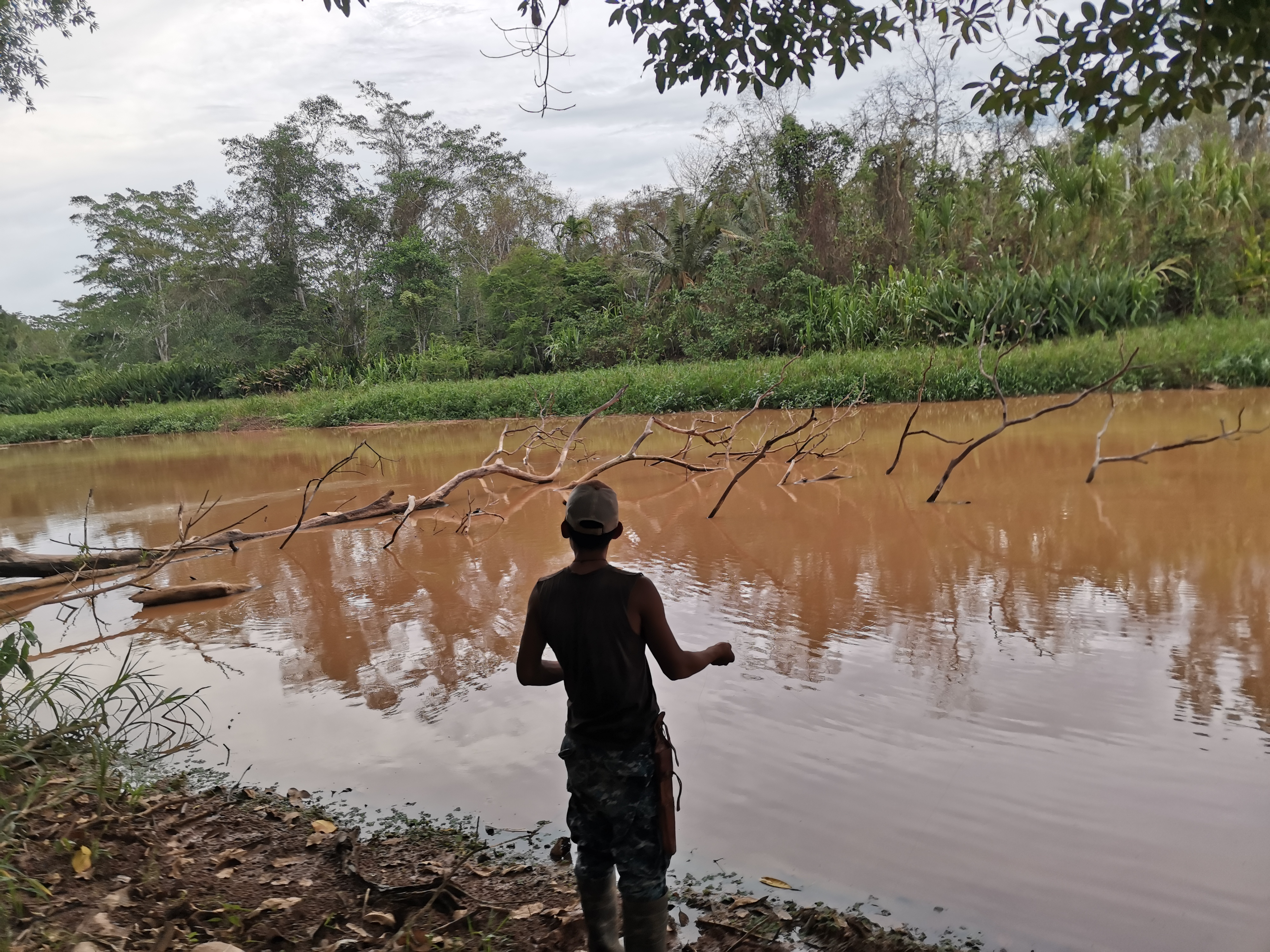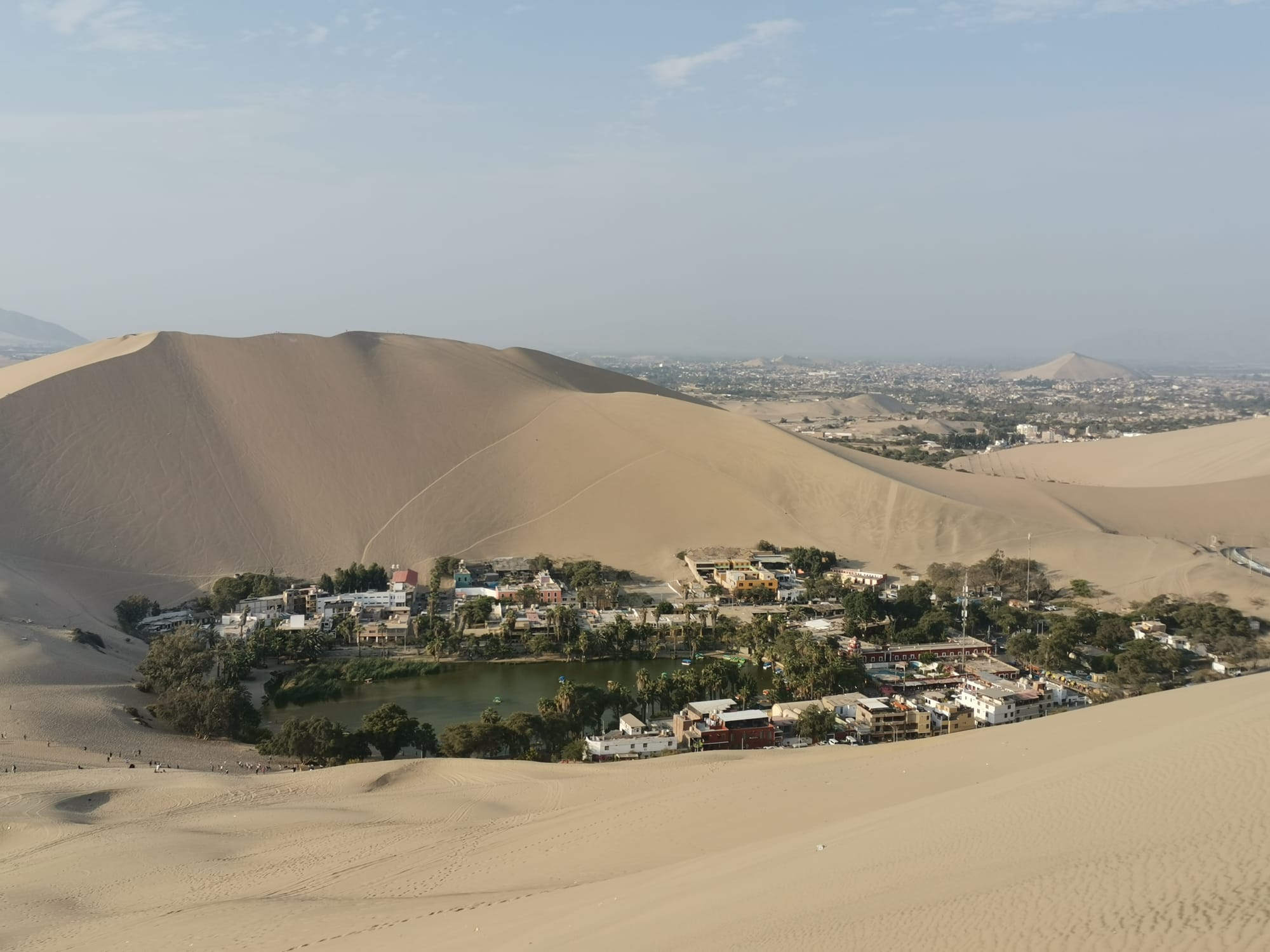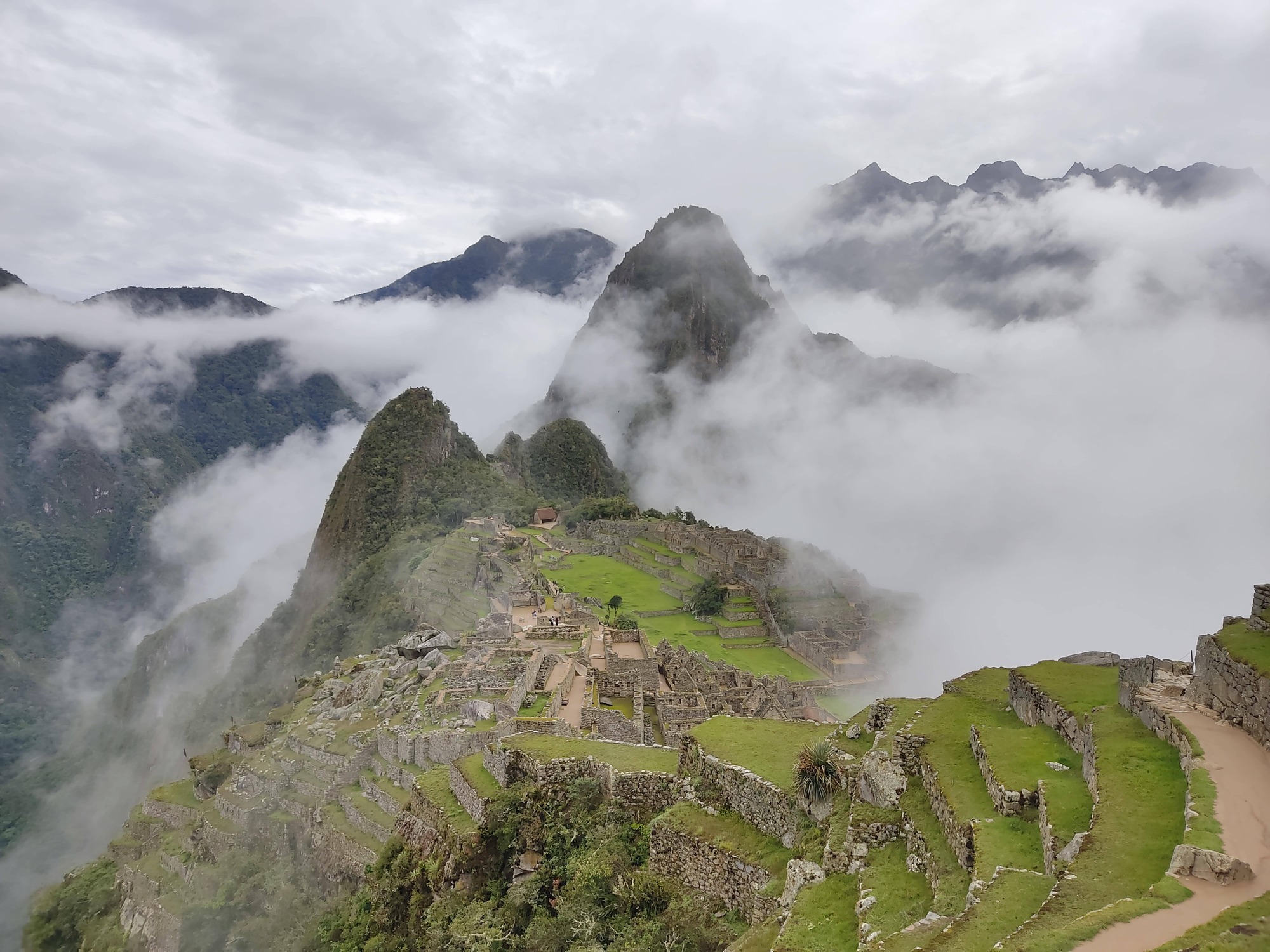Introduction
Although the huge Amazon rainforest is usually thought of as part of Brazil, it actually spans nine countries in South America, and one of the cheapest ways to visit it is in Bolivia. There is not much going on in the small town of Rurrenabaque 12hrs north of La Paz, but it is here that many expeditions depart, taking tourists into the Bolivian Jungle. There are a few different types of tour, and as with most things in Bolivia, the information online was not very helpful when it came to planning our trip there. The main piece of advice we did find was not to book your trip until you reach Rurrenabaque, trust us you will find much better deals upon your arrival! As soon as you head north of La Paz and leave the mountains, the environment changes into rolling green hills with a tropical climate. We made a brief detour to Coroico, a small eco-tourism spot en-route to our jungle experience.
Coroico - en-route to the Jungle
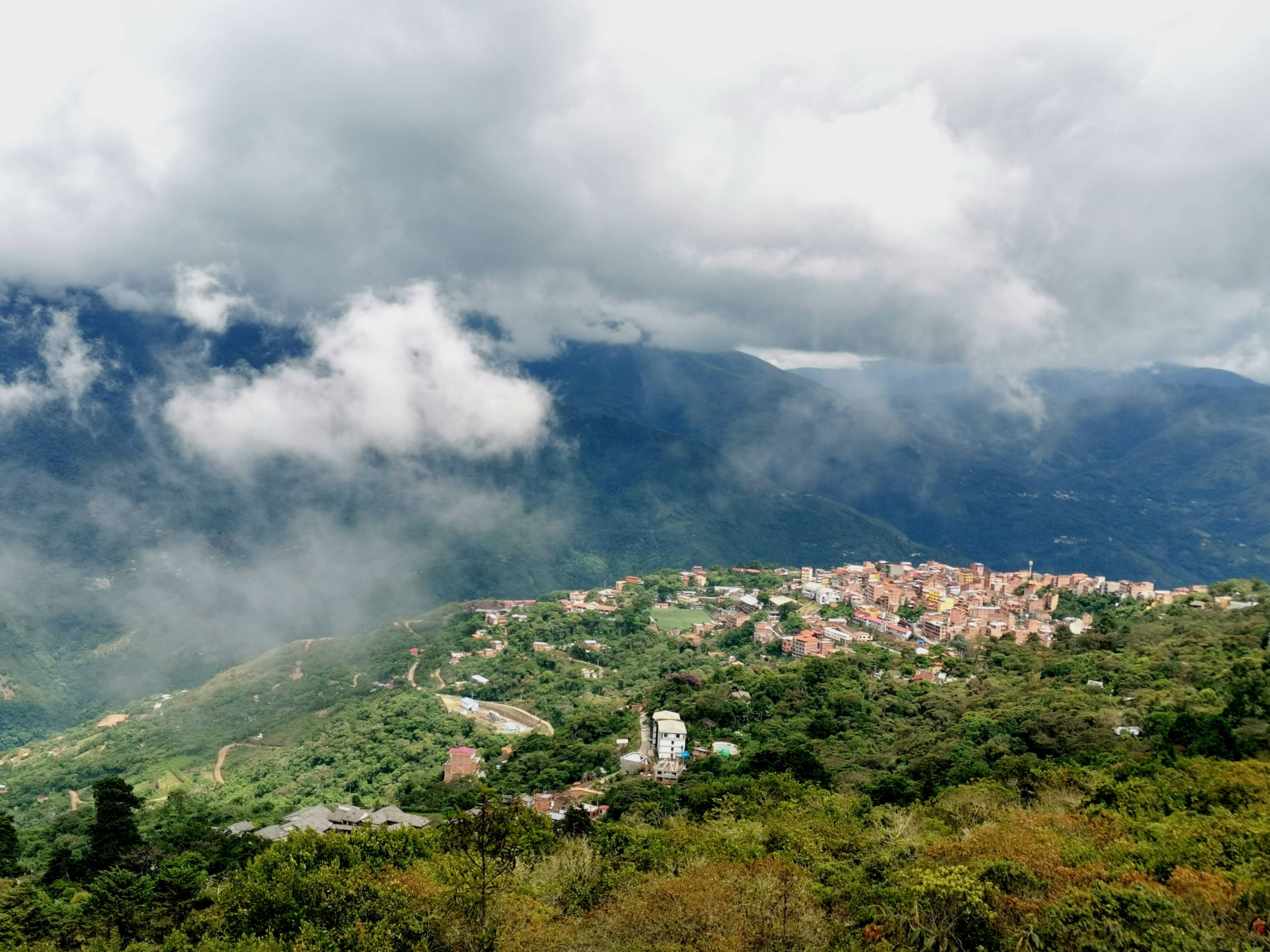
Coroico is a small but beautiful town, nestled in the thick green rainforest, between the mountains of La Paz and the jungle of Rurrenabaque. Situated at a much lower altitude than La Paz, Coroico is a popular tropical holiday destination for many Paceñas. It is also right at the end of the 'death road', so as the rest of our cycling tour group buckled in for a rickety 3 hour bus ride back through the mountains to La Paz, we were happy to arrive at Coroico after just a 15 minute taxi ride.
Coroico has many restaurants around the quiet main squareParade 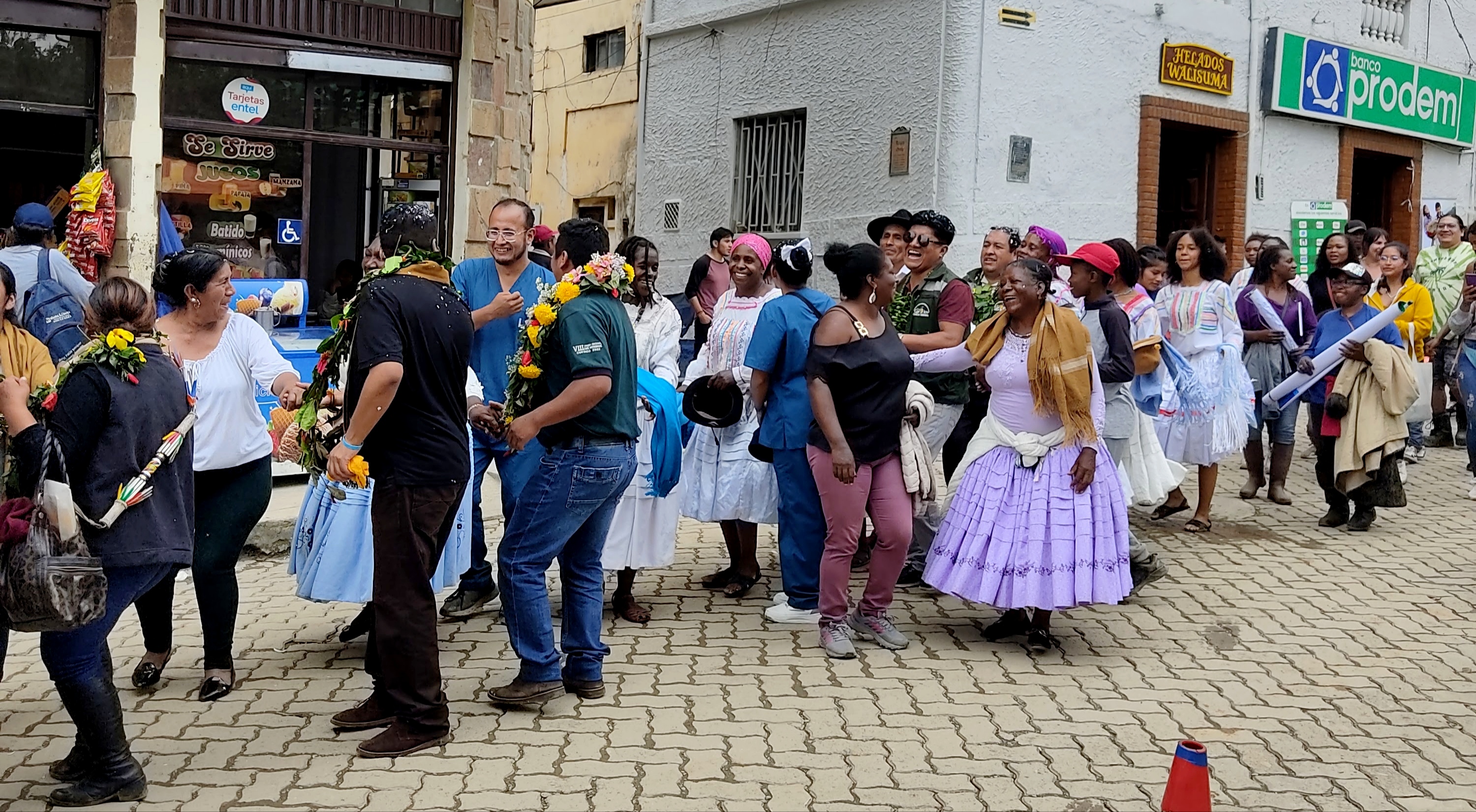 The main square was usually quiet, except for one Sunday afternoon, when the African-American community came parading out of the church. With rhythmic drumming and lots of dancing, the parade snaked its way around the main square, waking up the sleepy town., a small market, and is surrounded by nature, making it the perfect destination to relax after the hustle and bustle of La Paz. Most of the accommodation here consists of eco-cabins and expensive lodges, sporting large swimming pools to beat the heat. It's not the typical budget-backpackers scene, but after a lot of research we managed to find affordable accommodation set within a huge site, filled with exotic plants, 3 pools, and incredible views, taking 45 minutes to walk around.
The main square was usually quiet, except for one Sunday afternoon, when the African-American community came parading out of the church. With rhythmic drumming and lots of dancing, the parade snaked its way around the main square, waking up the sleepy town., a small market, and is surrounded by nature, making it the perfect destination to relax after the hustle and bustle of La Paz. Most of the accommodation here consists of eco-cabins and expensive lodges, sporting large swimming pools to beat the heat. It's not the typical budget-backpackers scene, but after a lot of research we managed to find affordable accommodation set within a huge site, filled with exotic plants, 3 pools, and incredible views, taking 45 minutes to walk around.
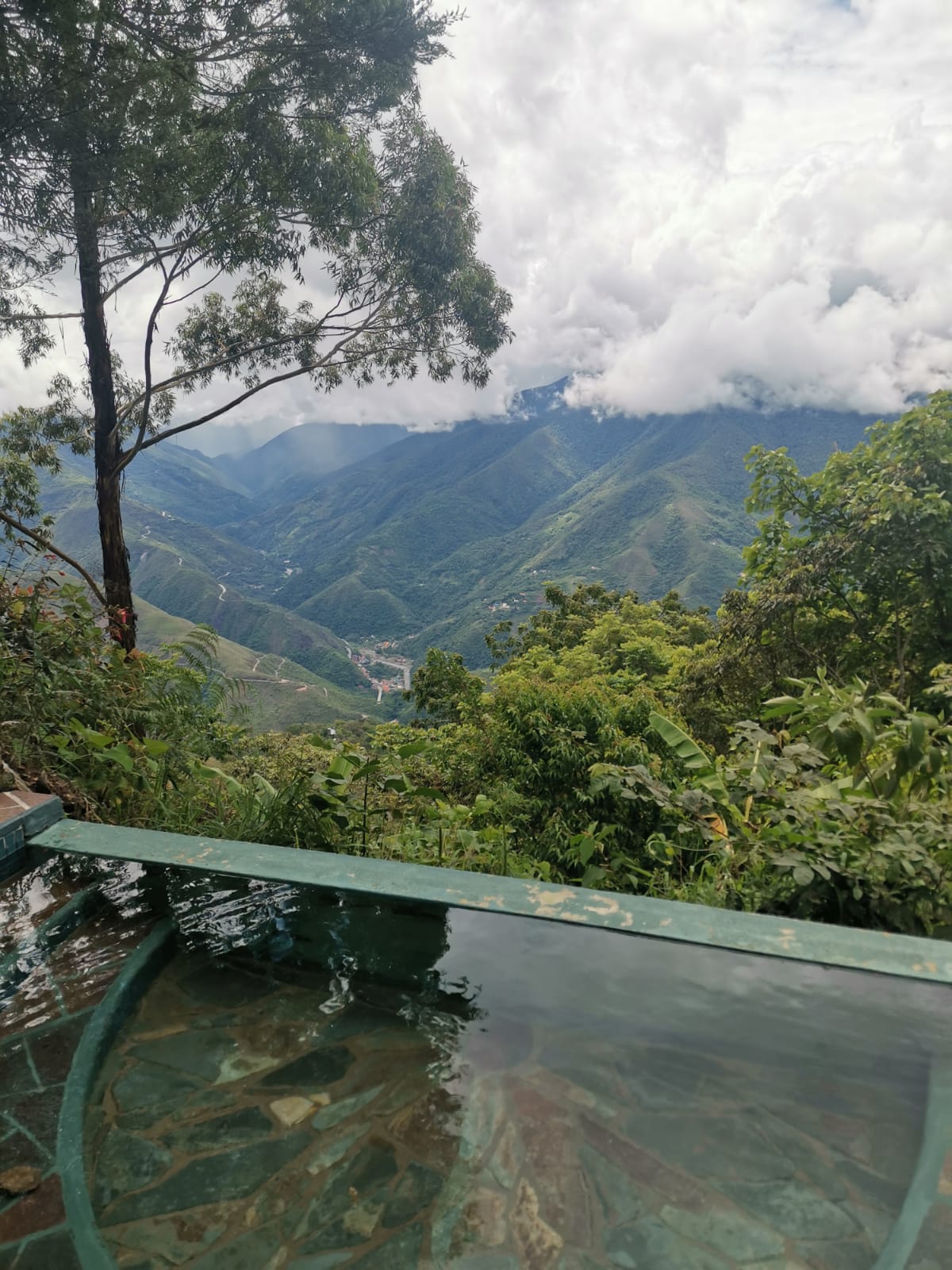
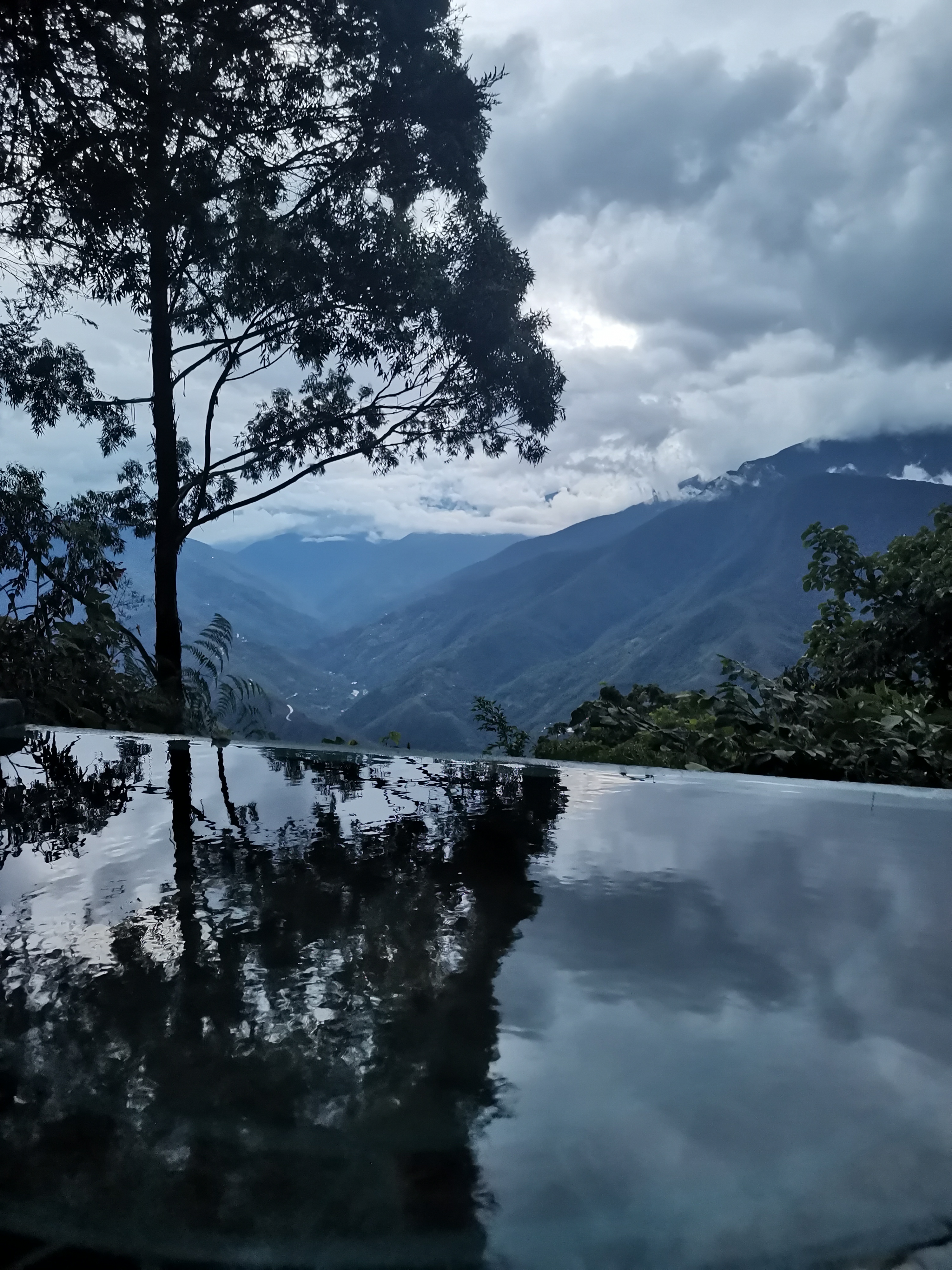
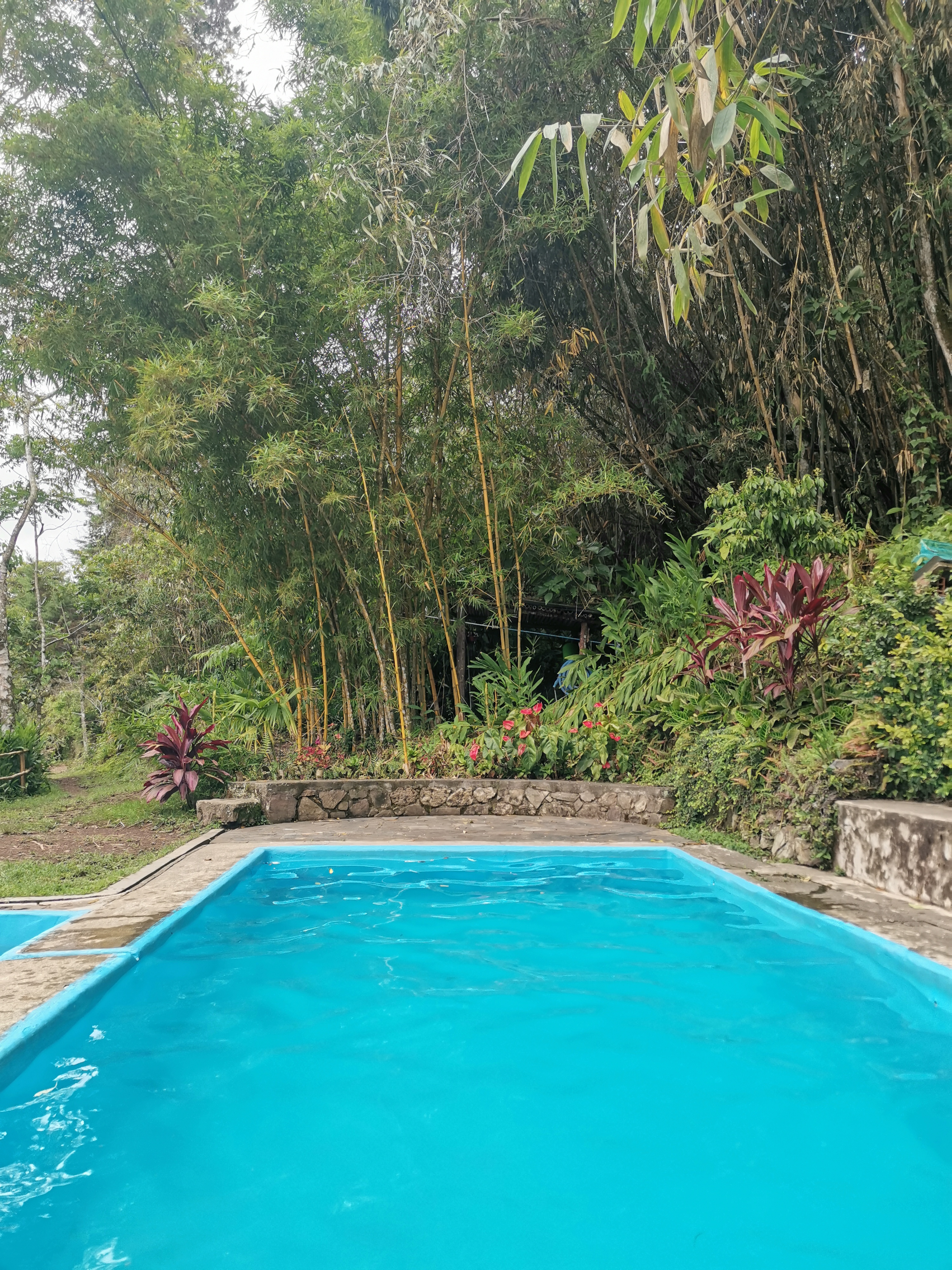
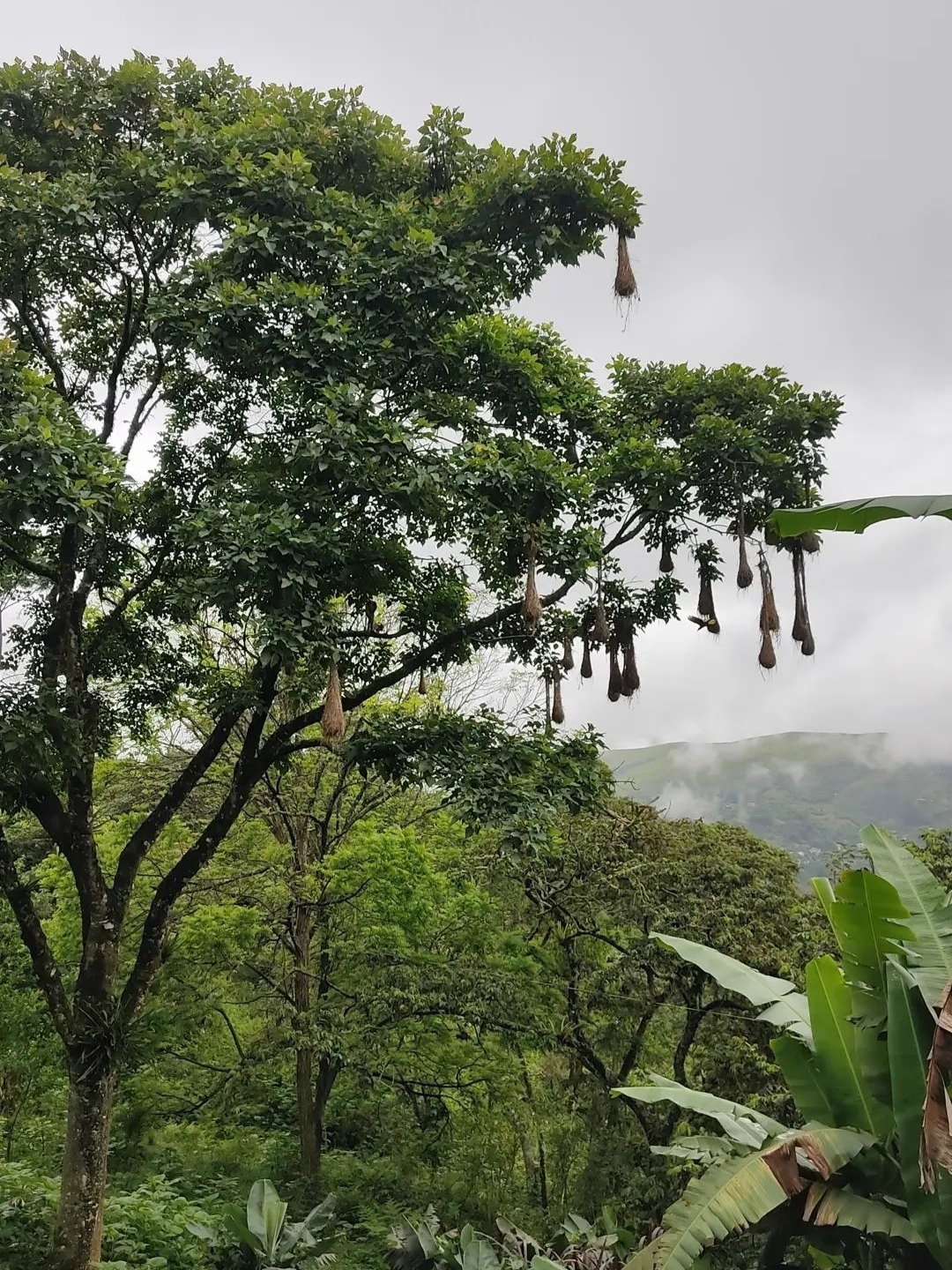
There are two main attractions in Coroico: the three waterfalls and La Senda Verde animal refuge. Despite Coroico’s sunny reputation, it had been hammering down with rain in the days prior to our arrival, so we hoped the waterfalls would be flowing despite it being just the beginning of the rainy season. We decided to walk the 8km along the dirt road to the waterfalls and we were rewarded with some amazing views of the expansive green valleys. Unfortunately, despite the recent downpours, the waterfalls were not as impressive as the views along the way, with the first two barely trickling across the road. The thirdThe third waterfall is now only accessible by paying the entrance fee of around £1, and climbing the many stairs up the cliff. waterfall had water plumeting from an impressive height into the man-made pool at its base. We can only imagine how impressive it would be by the end of the rainy season, but the overall lack of rainfall that year had clearly had an effect.

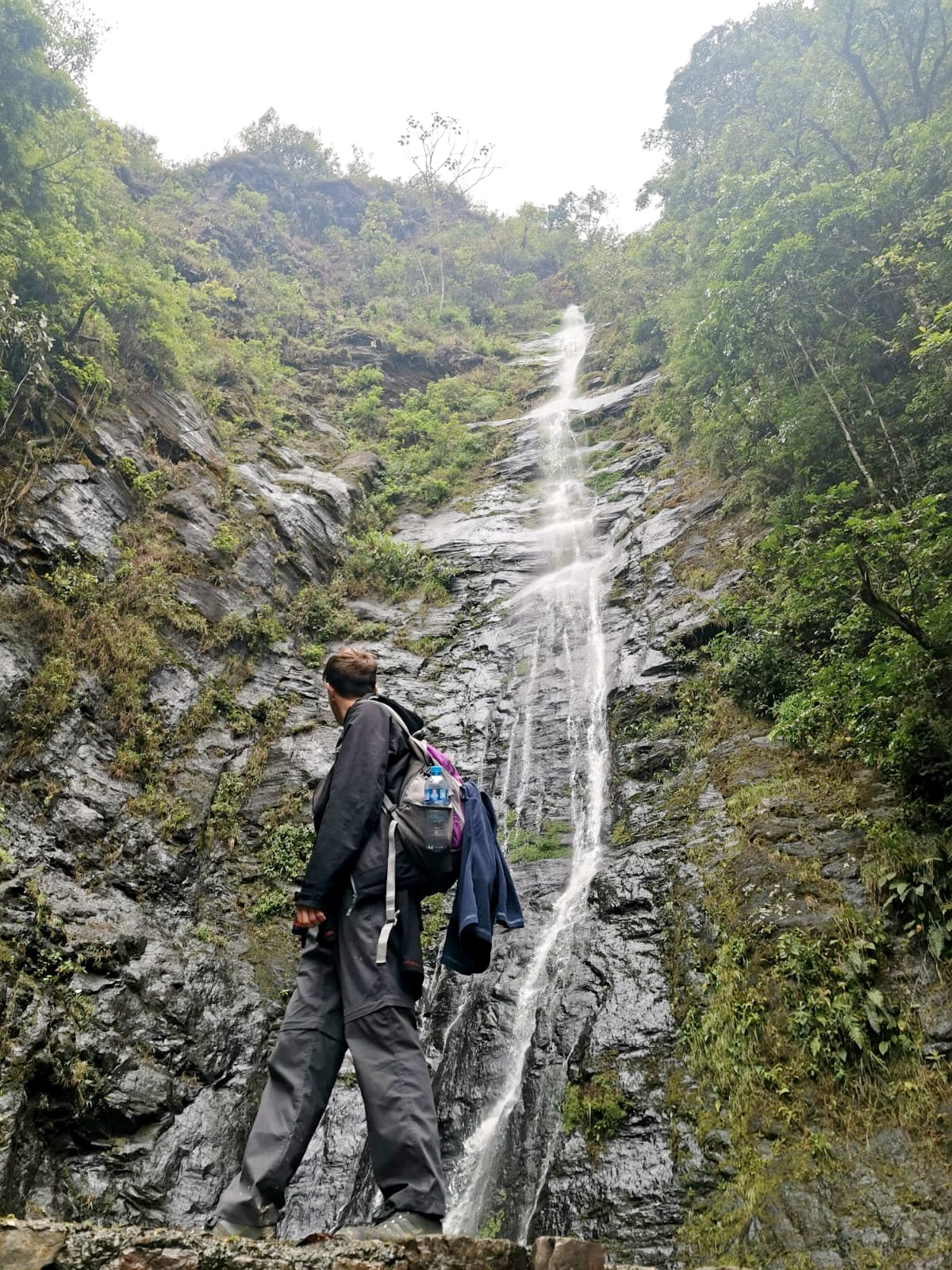
We had our only real encounter with aggressive street dogs on the walk to the waterfalls, as we passed some abandoned houses that they were diligently guarding. To avoid repeating this, we decided to get a colectivo back to Coroico. Although we enjoyed the day exploring the waterfalls, if we were to do it again, we would definitely try and check out the La Senda Verde animal reserve.
Logistics
The logistics of Corroico were not straightforward. Unfortunately, this is Bolivia, so there are no onlineAdditionally, taking the buses in Bolivia seemed almost taboo online, with all the blogs and online forums implying the only way to get to Rurrenabaque (or anywhere in Bolivia) is by flying from La Paz. The consensus is to avoid buses at all costs. bus routes or schedules, and absolutely no mention of any buses from La Paz to Rurrenabaque that stop in Coroico. Determined to find a way, we spoke As with a lot of things in Bolivia, even the most simple of information is either absent or out of date online. If you believe what you read, it will seem impossible to do our route from Coroico, but you should always go in person and ask the locals for the most reliable information. Frequently, a 5-minute chat in broken spanish answered all our questions, when hours of thorough online research had failed. to a very helpful woman working at the Flota Yunguena bus office in La Paz. Although we knew little Spanish, she drew us a map and explained how our plan would work. The buses leaving La Paz pass through a place called YolositaYolosita isn't on Google maps, because it's not really a place. It's a junction on the main road, where locals have set up stalls selling snacks and street food, chasing after passing cars to try and sell their products., en-route to Rurrenabaque. She gave us the number plate of the bus and gave us our tickets. Yolosita is just a 20 minute drive from Coroico in a colectivoWe were expecting to take a taxi to Yolosita (of which there are always a few waiting at the main square), but we ended up finding a colectivo going to Yolosita, Yolosa, and Sandra Verde., but we slightly misunderstood the bus times and so ended up waiting there for 4 hours. Safe to say we did a lot of people-watchingFrom the different sellers racing each other to be the first to knock on the window of a parked car, or throwing their products up through open bus windows to passengers, to the parrots sitting in one of the stalls squeaking periodically, there was always something going on., but otherwise we made it to Rurrenabaque without a hitch!Booking a Tour in Rurrenabaque
There are two types of Amazon tours you can do in Rurrenabaque, and they are both very different so it is important to know what you are getting into. The first is a Salva tour, which is a stereotypical jungle experience. You navigate through thick foliage to find primitive campsites to stay at, sharing the space with countless insects and birds. You will encounter a range native plants, both medicinal and poisonous, but the thick foliage means it is rare to see large animals in the Salva. The second type of tour is a boat safari through the wetland known as the Pampas. Although part of the Amazon, the Pampas is not a jungle, but a flat savannah. With very few trees, the Pampas has a much better chance of seeing large animals compared to the typical rainforest, and you will stay at a riverside lodge. You are virtually guaranteed to see aligators, capybaras, and maybe even anacondas in the Pampas, but it won't feel like you are immersed in the Jungle like the Salva tours. Deciding whether to visit the Salva, the Pampas, or both can be hard. Additionally, the campsites are located quite far from Rurrenabaque, so you will need at least 3 days for any tour (otherwise you will feel like you've spent more time just travelling to the Amazon than you actually spent enjoying it). Whichever tour you choose, it will include all transport, food, and accommodation for the duration.
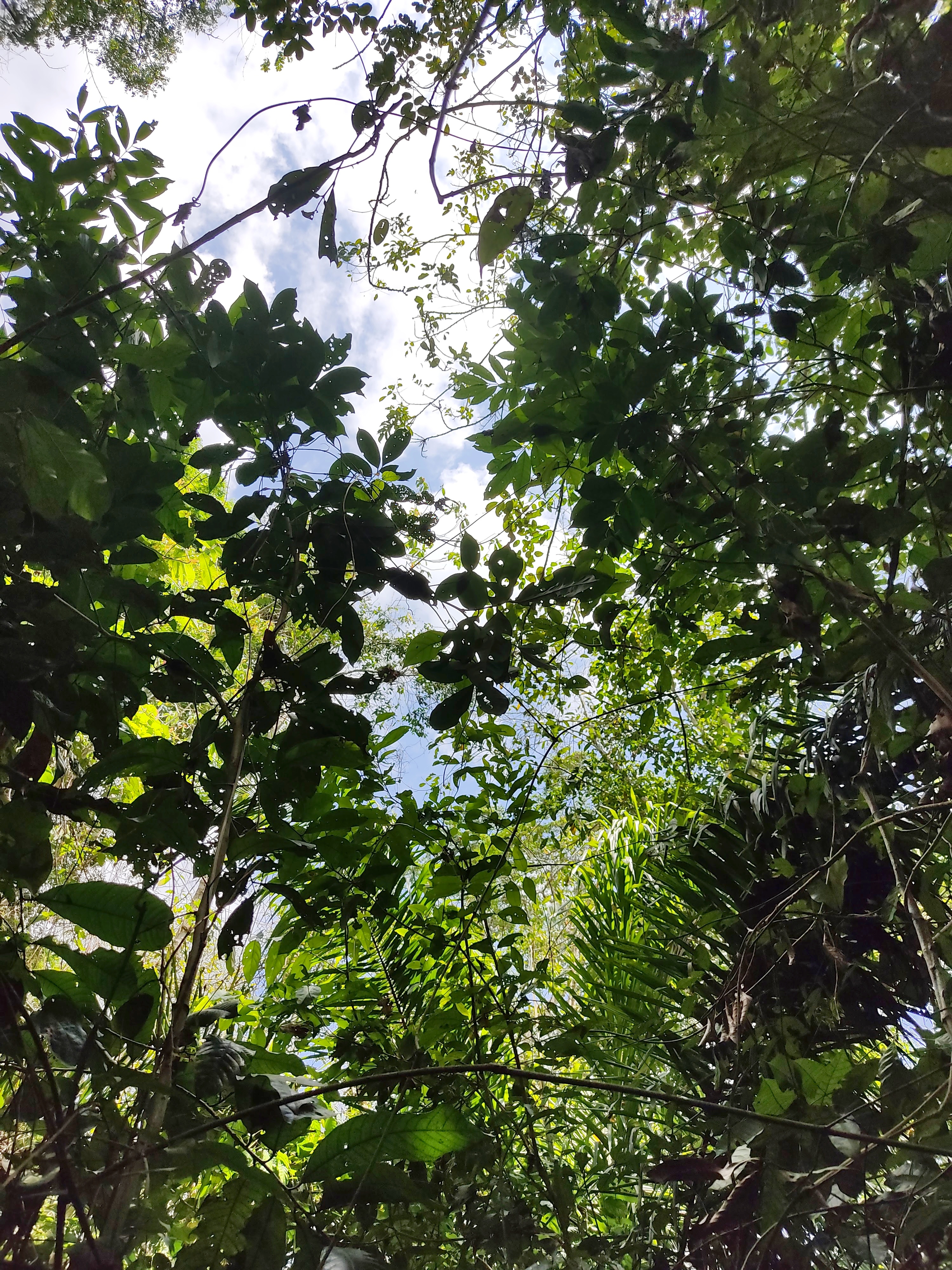
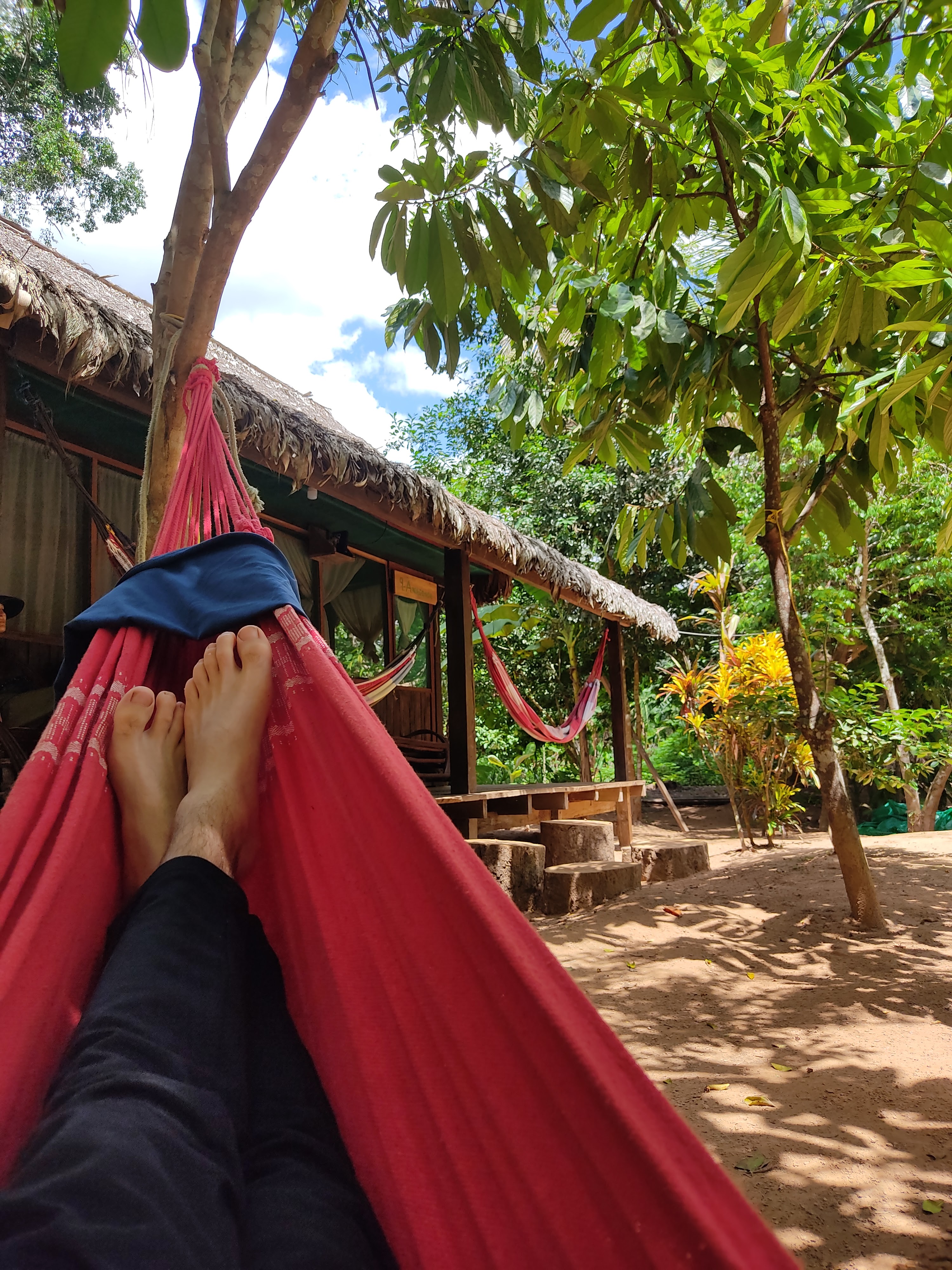
Although we were able to find a few Bolivian Amazon tours online and on offer in La Paz, they were painfully expensive, and often included flights from La Paz which we didn't want to take. As advised for the cheapest options we decided to show up to Rurrenabaque empty handed, hoping to find a cheap deal by simply asking around. As usual, the friendliness and helpfulness of the Bolivian people came to our rescue. All the tours bought directly from the travel agencies in Rurrenabaque were a lot cheaper than the online alternatives, sometimes even less than half the price. The huge advantage of this was that we could now afford a 6-day combined tour, visiting both the Salva and the Pampas, for the same price as the single 3-day tours online, and meant we didn't have to make the difficult descision as to which one to go for. Refusing to book a tour online is definitely the way to go in Bolivia.
3 Nights in the Jungle
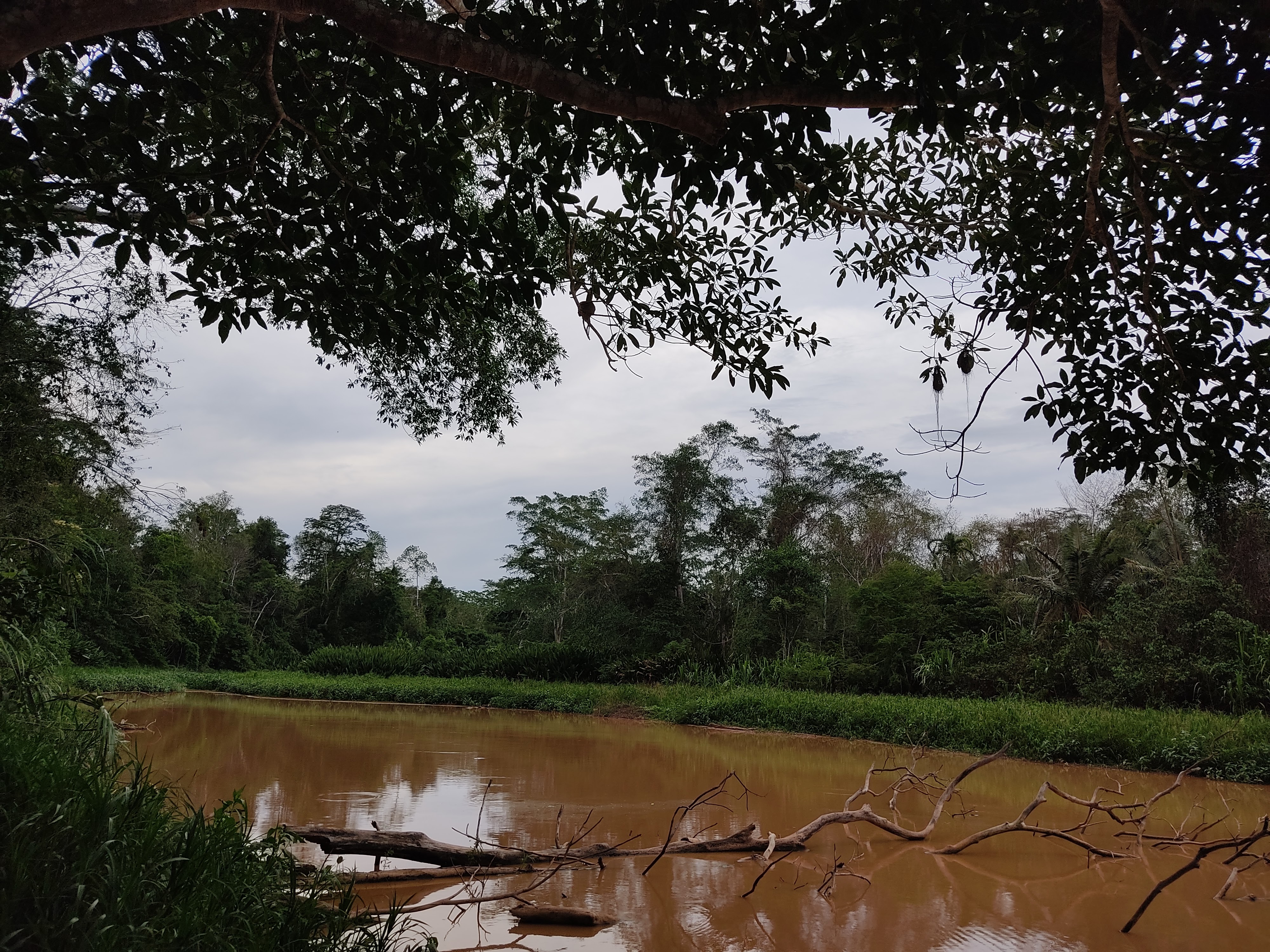
Our guide, Ivan, grew up with his grandfather in a small tribe in the Jungle, so had an encyclopedic knowledge of the various ingenious uses of the plants in the rainforest. For the first 3 nights of our tour, we tasted some of the native fruits, cut open trees to drink the water stored inside, and used the garlic-tasting bark of a tree to season our dinnerDinner in the jungle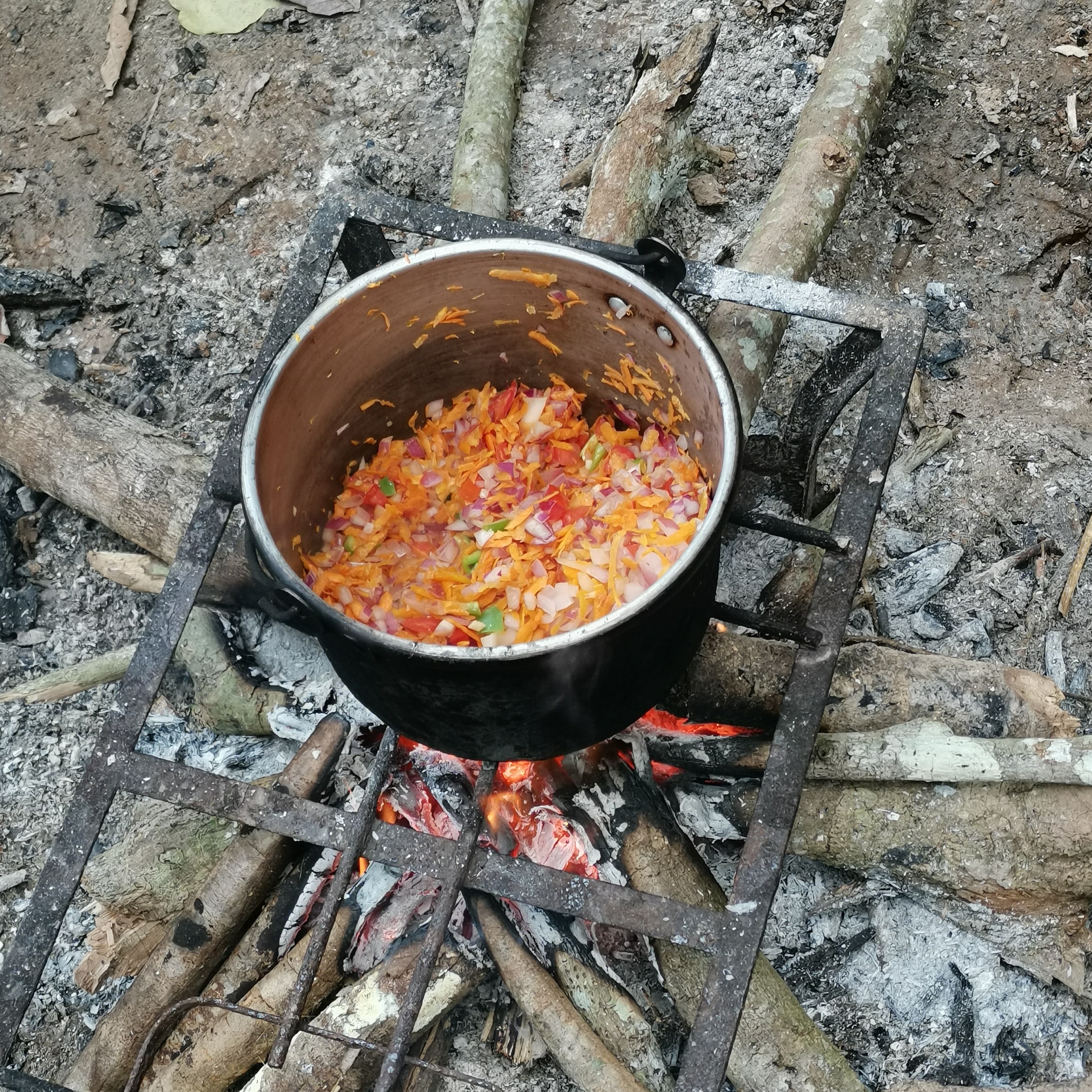 The food in the jungle was surprisingly good, despite the remote location. Even when we ventured deep into the wilderness, we were able to cook over a campfire, using vegetables from the farm, as well as ingredients we foraged along the way. with. He showed us a leaf to chew which is used as a natural anaestheticIvan had lots of scars, left from caiman bites, which he had to stitch up himself as there are no hospitals in the jungle. He used the native plants for everything in the operations, from the anaesthetic to the tools to perform the stiching., making our tongues go numb for 5 minutes. As well as the medicinal plants, Ivan pointed out the poisonous and hallucinogenic ones, plants used for construction of shelters, musical instruments and other tools, and huge vines which we used as swings. The biodiversity of the plants in the jungle was incredible, as were the ingenious ways the indigenous people had learned to use them for survival.
The food in the jungle was surprisingly good, despite the remote location. Even when we ventured deep into the wilderness, we were able to cook over a campfire, using vegetables from the farm, as well as ingredients we foraged along the way. with. He showed us a leaf to chew which is used as a natural anaestheticIvan had lots of scars, left from caiman bites, which he had to stitch up himself as there are no hospitals in the jungle. He used the native plants for everything in the operations, from the anaesthetic to the tools to perform the stiching., making our tongues go numb for 5 minutes. As well as the medicinal plants, Ivan pointed out the poisonous and hallucinogenic ones, plants used for construction of shelters, musical instruments and other tools, and huge vines which we used as swings. The biodiversity of the plants in the jungle was incredible, as were the ingenious ways the indigenous people had learned to use them for survival.
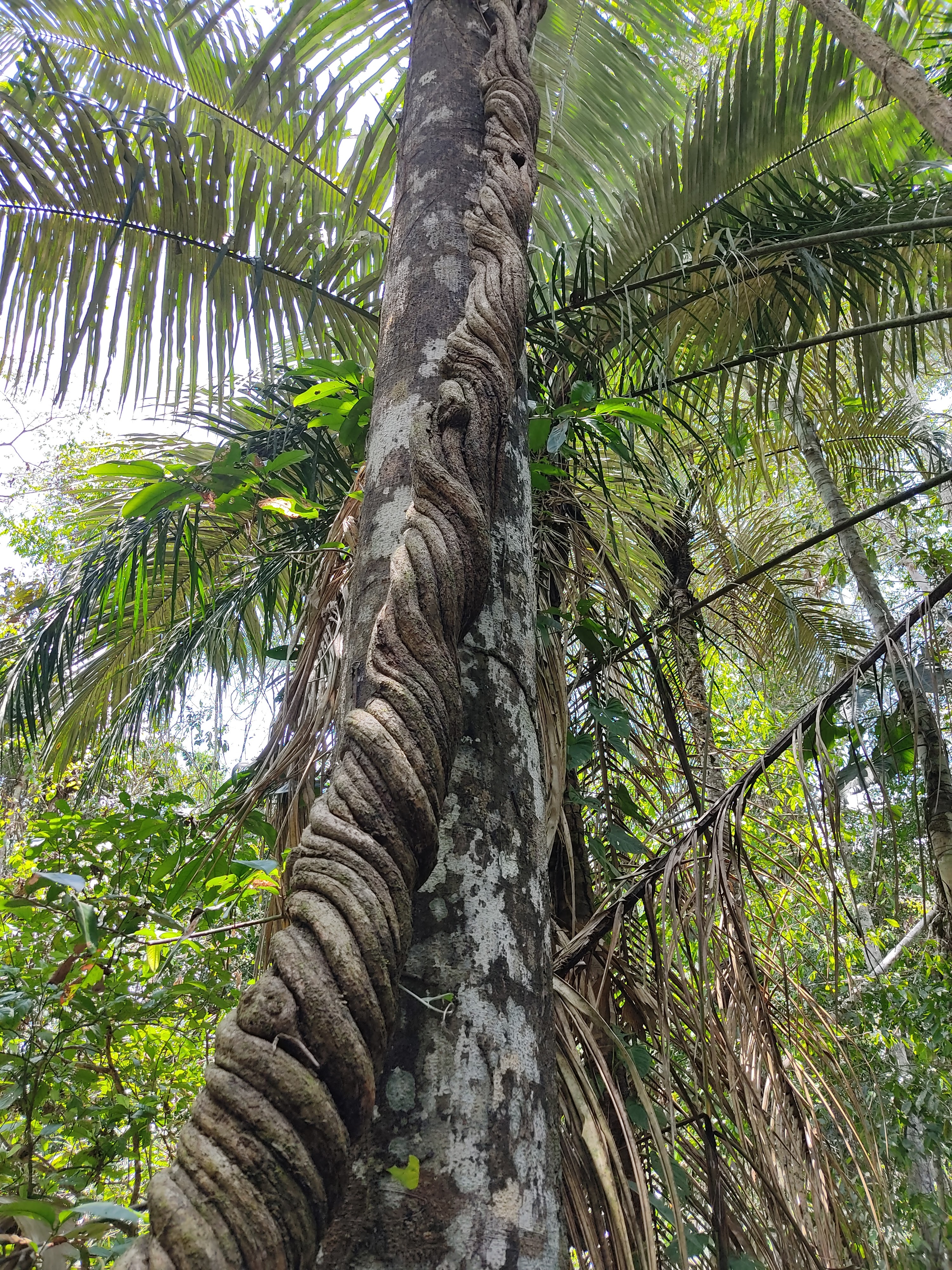
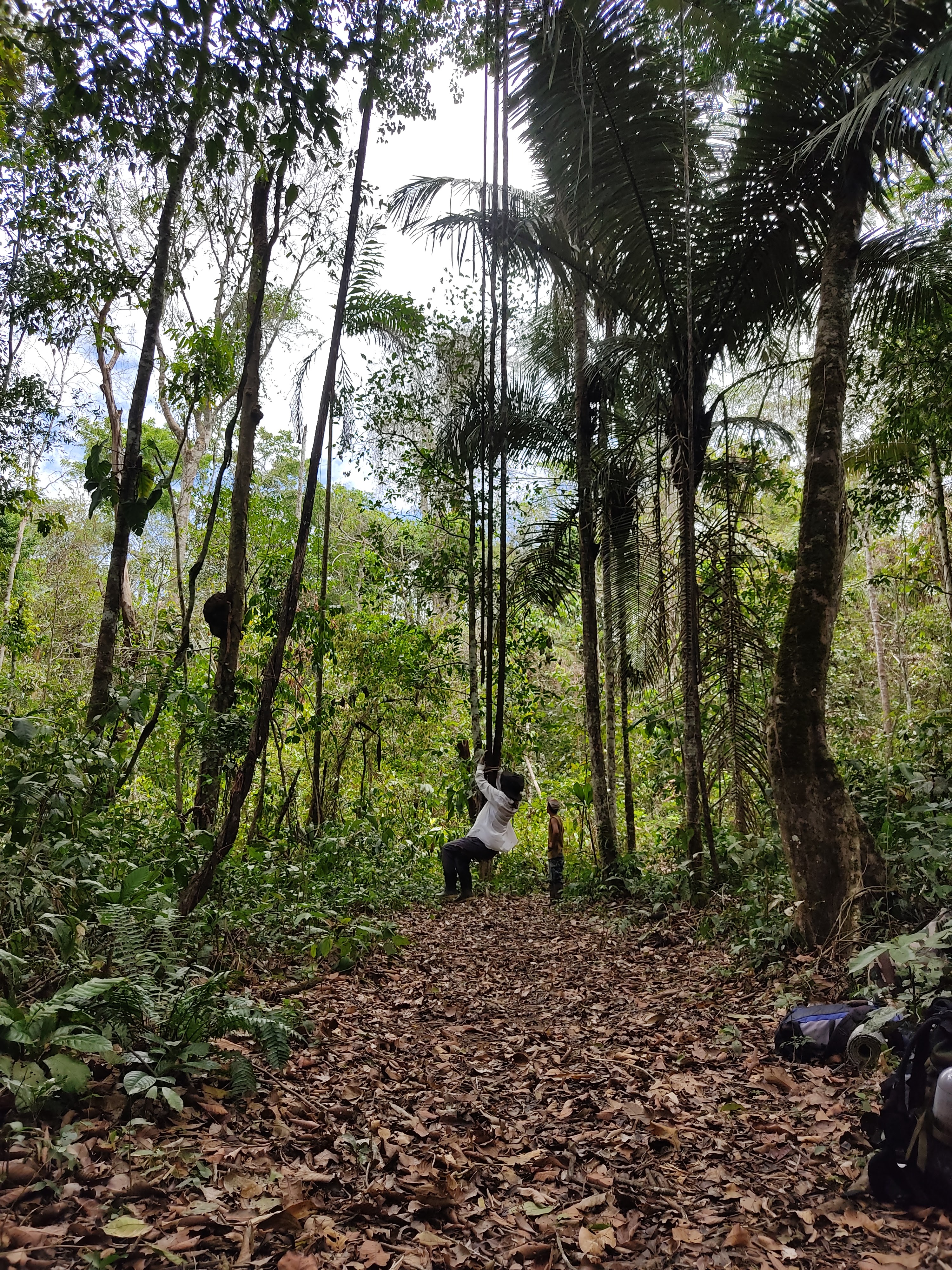
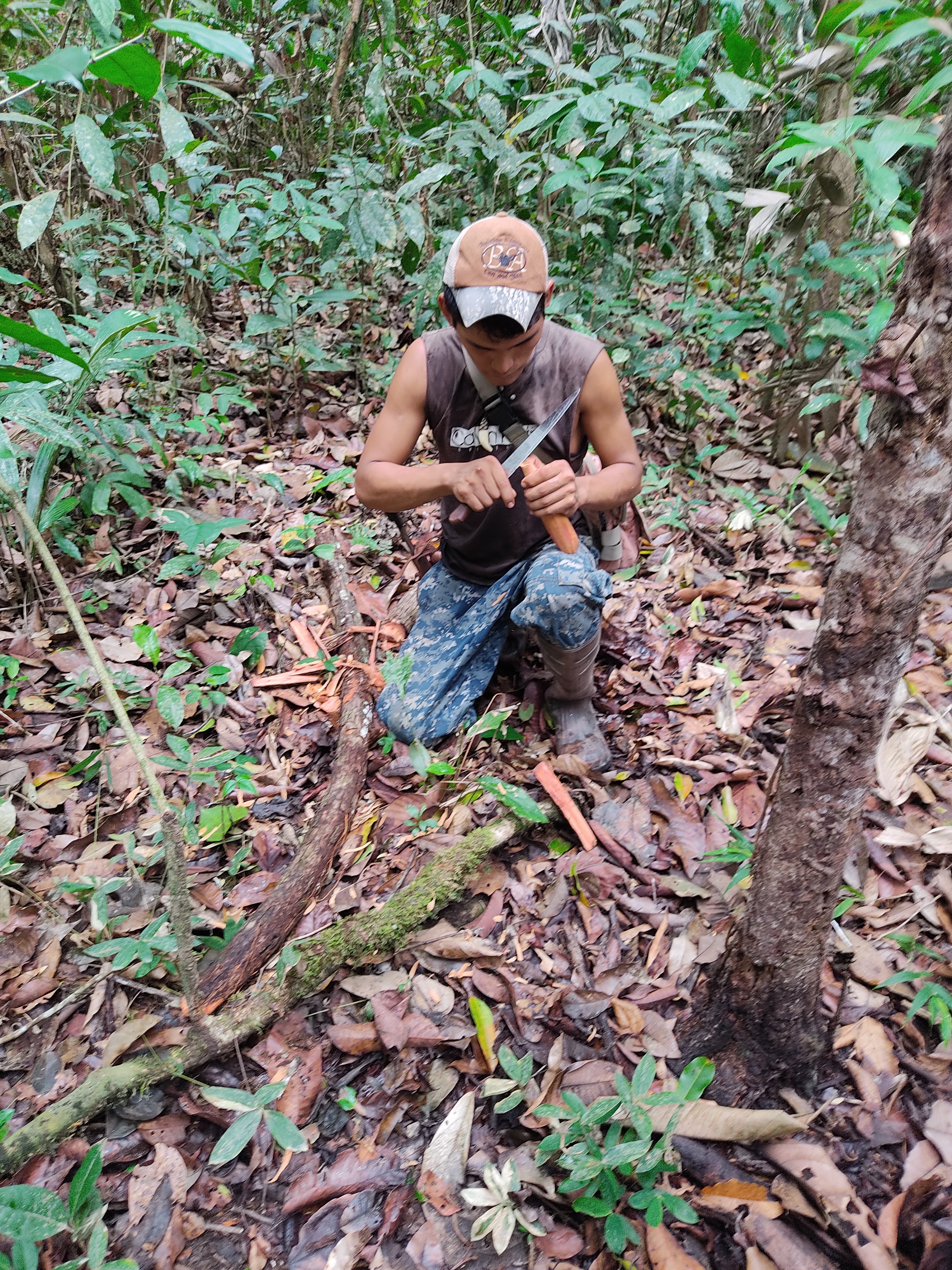
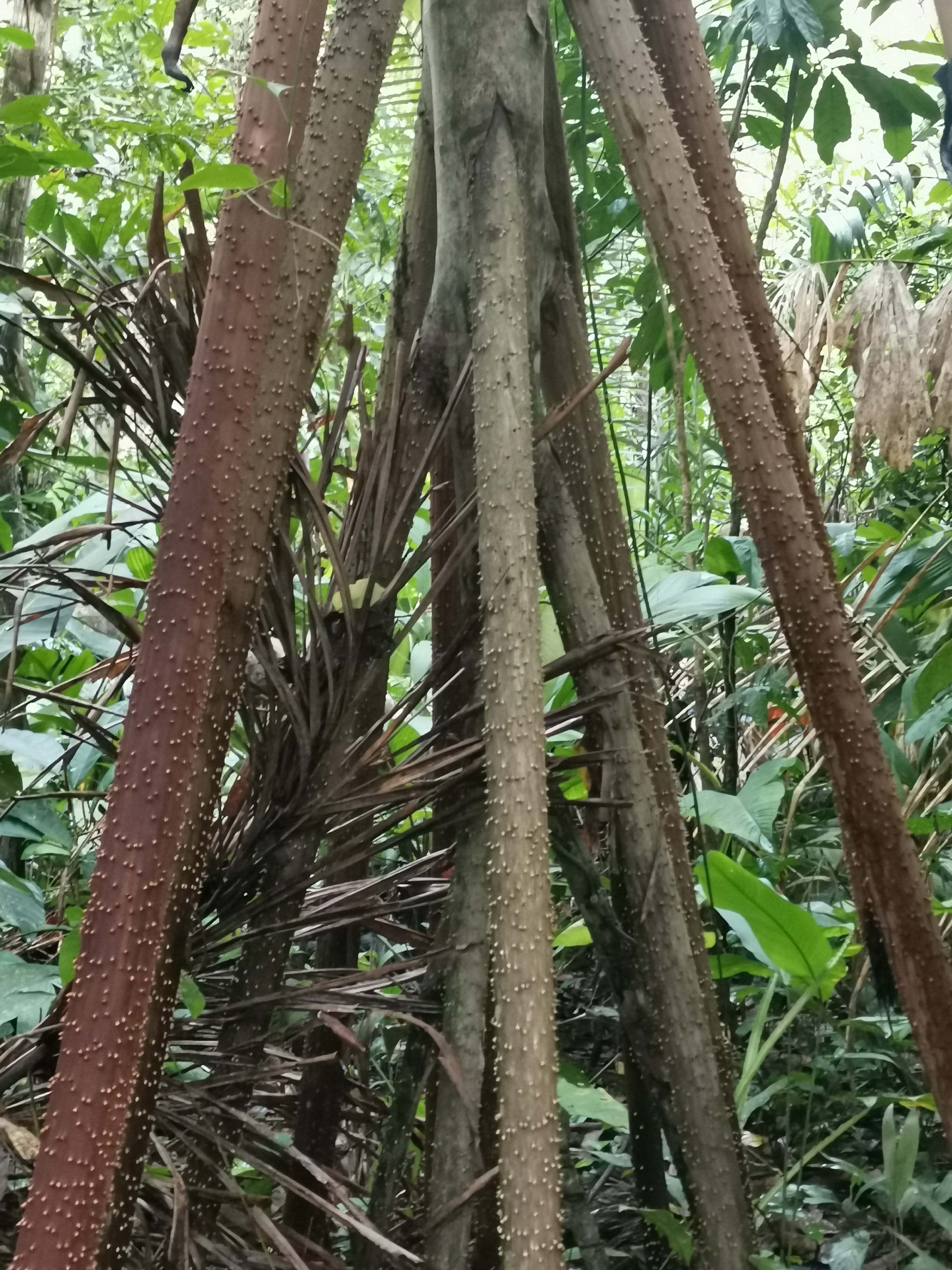
In the Salva, a lot of time is spent hiking through the jungle with the sounds of unidentified creatures all around. As we walked, Ivan pointed out monkeys, snakes, bats, a couple of toucans, and lots of ants and other insects as we walked. We followed through makeshift paths, but more often than not Ivan needed to use his machete to cut through the dense foliage. It is amazing he was able to find his way through the endless disorientating jungle to campsites further afield.
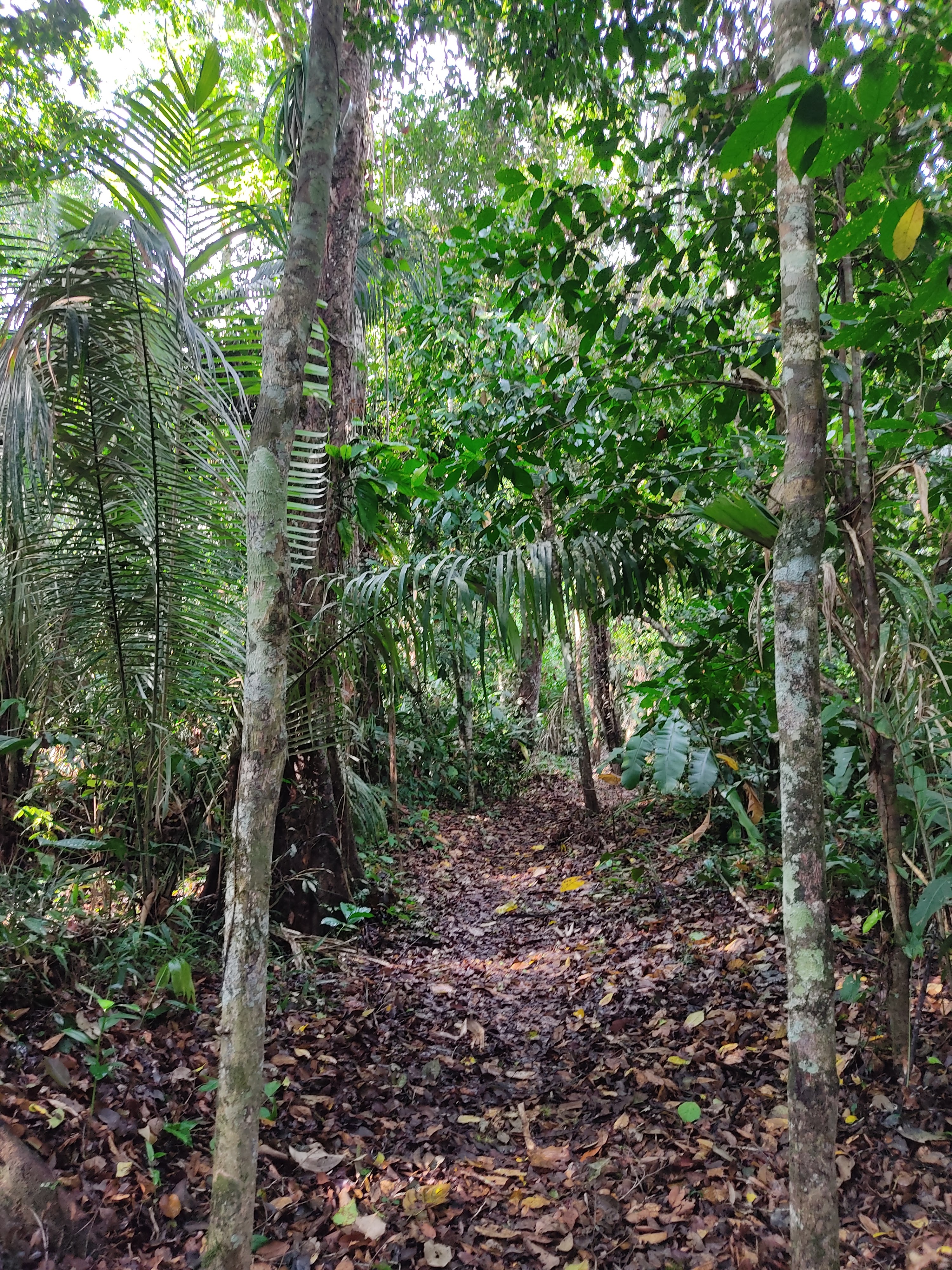
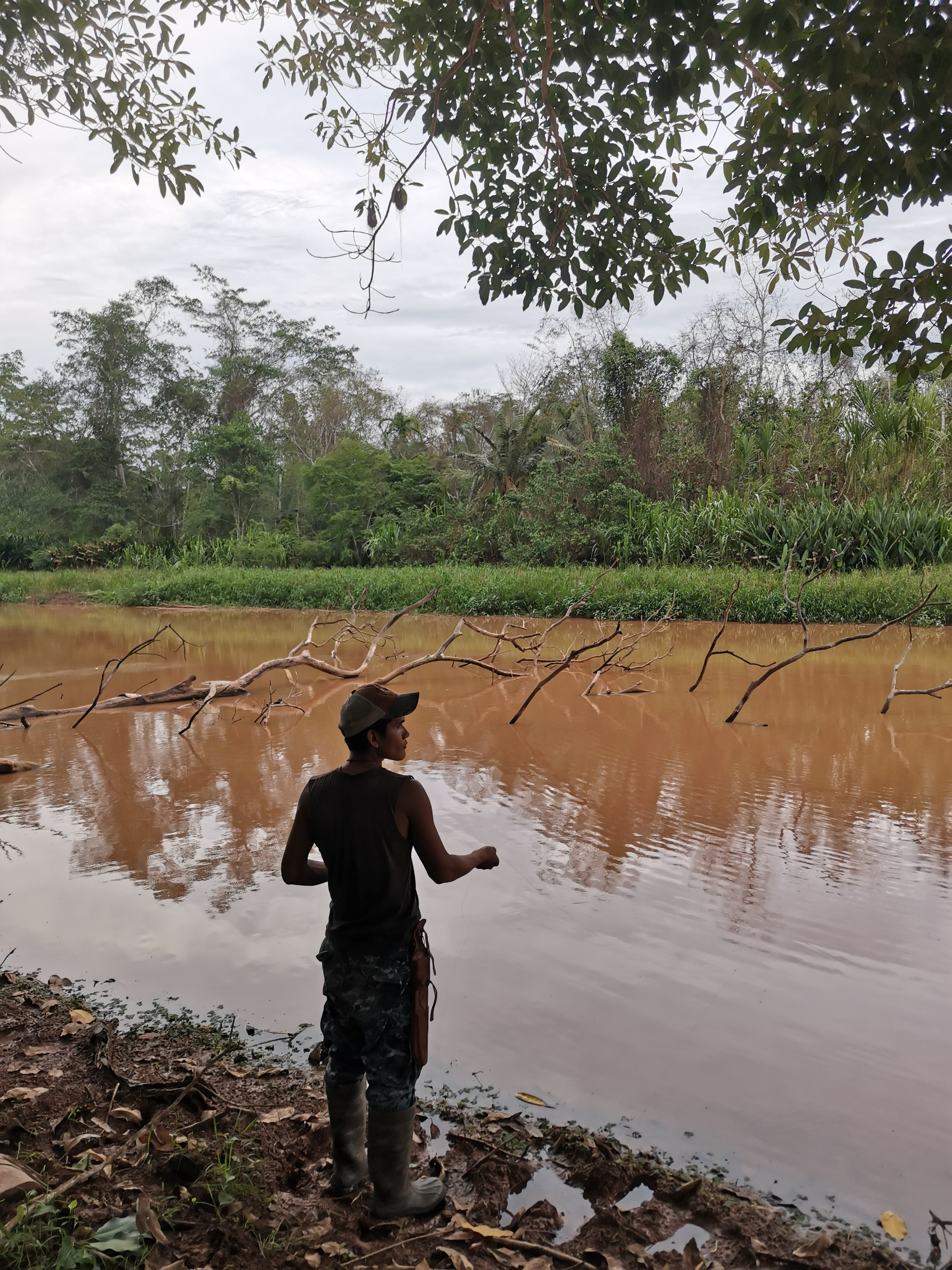
The salva tour also includes trekking through the Amazon at night, when the jungle really comes alive. With just our torches, and the occasional fireflies, to guide us, we marched through the darkness. The sounds of the jungle amplified, as the nocturnal creatures become active. We couldn't see much wildlife, but we could sense it was all around us, like we were being watched by hundred of eyes. At one point, we even heard a jaguar in the distance.
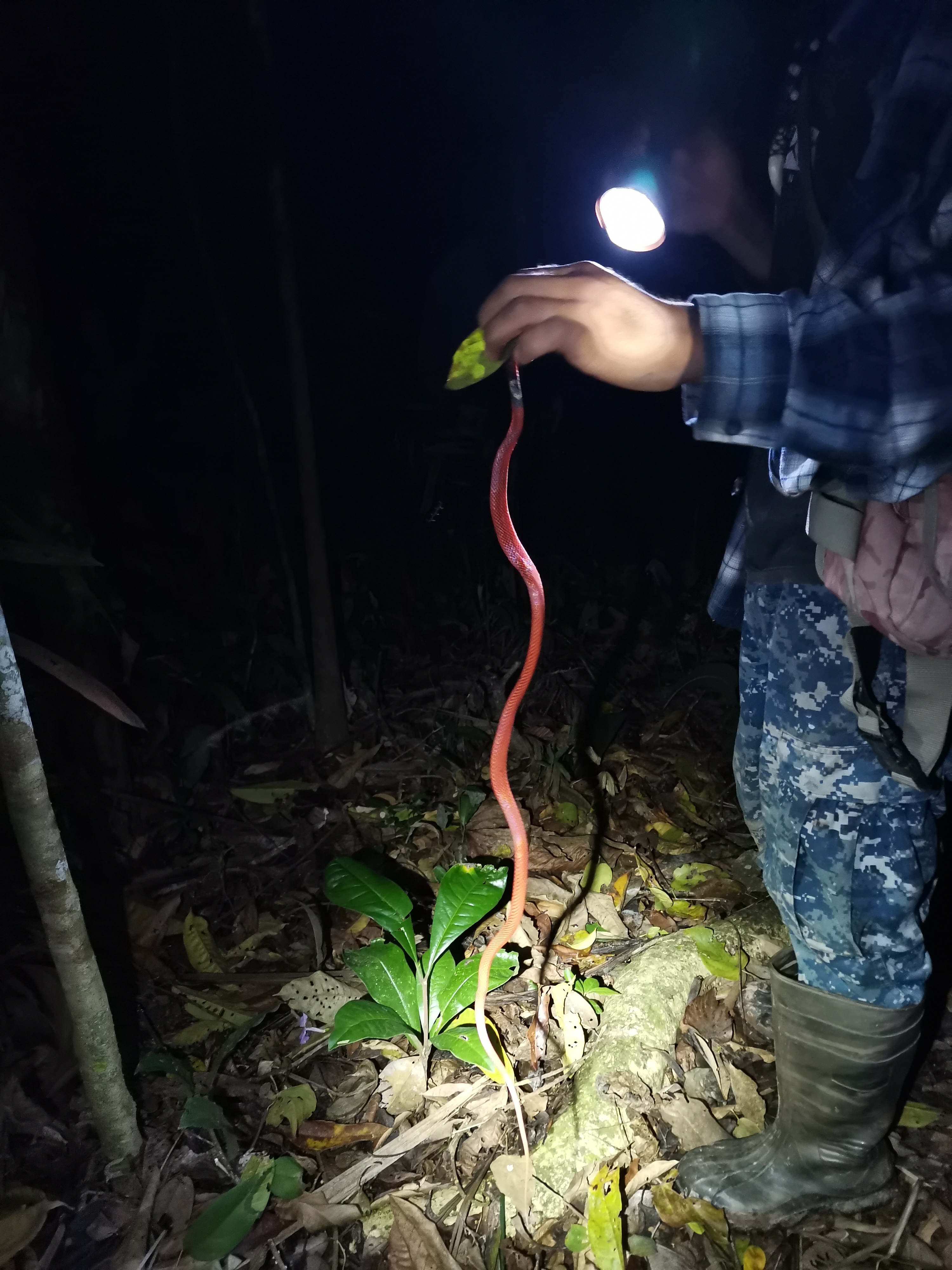
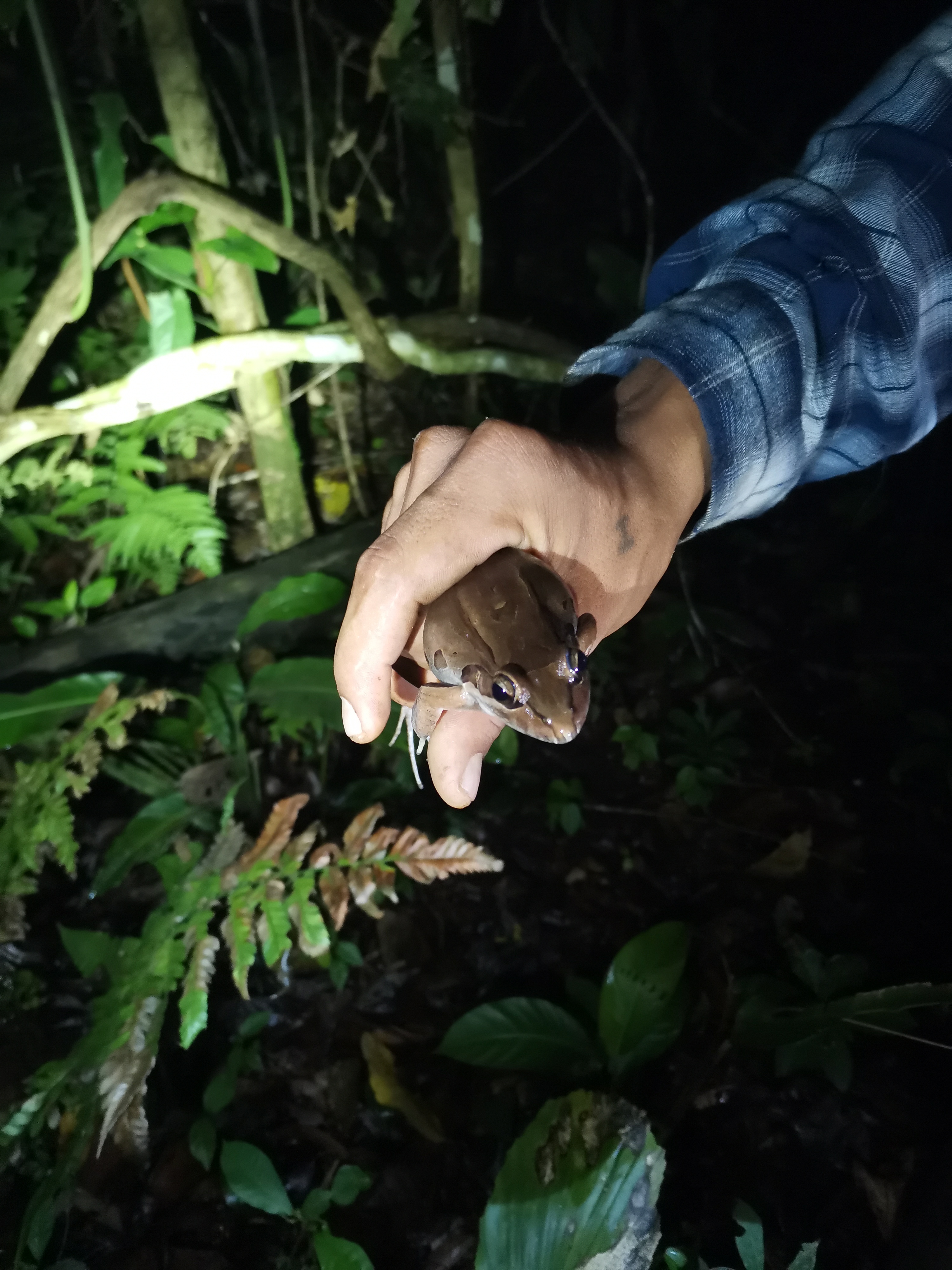
The accommodation in the jungle was a pleasant surprise. We stayed at a spacious lodge, which was clean, had running water, and even electricity for a few hours a day. As far as jungles go, this was a luxurious experience. 3 meals a day were included, cooked by the amazing chefs living there, and many of the ingredients were grown in their jungle farm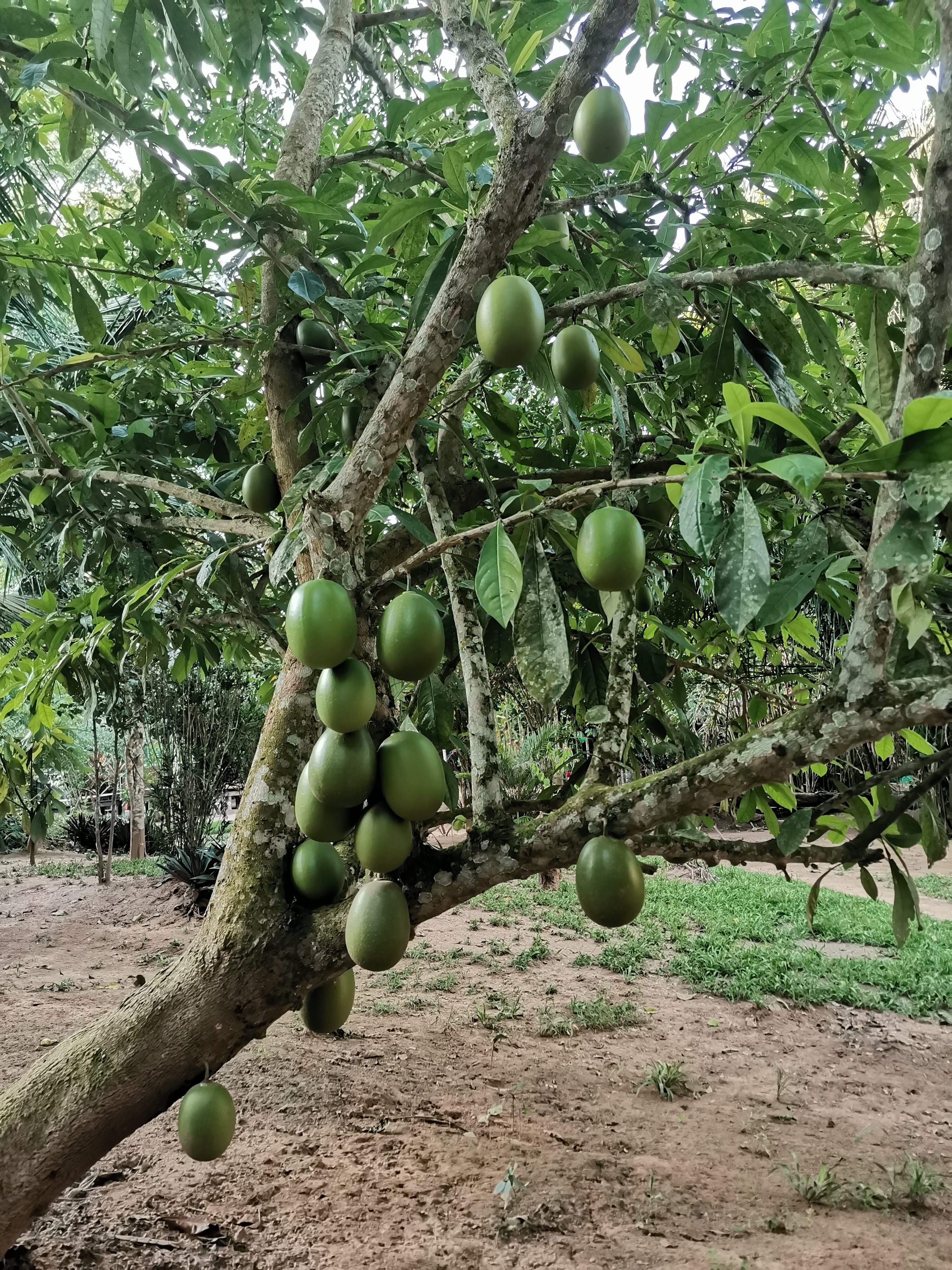
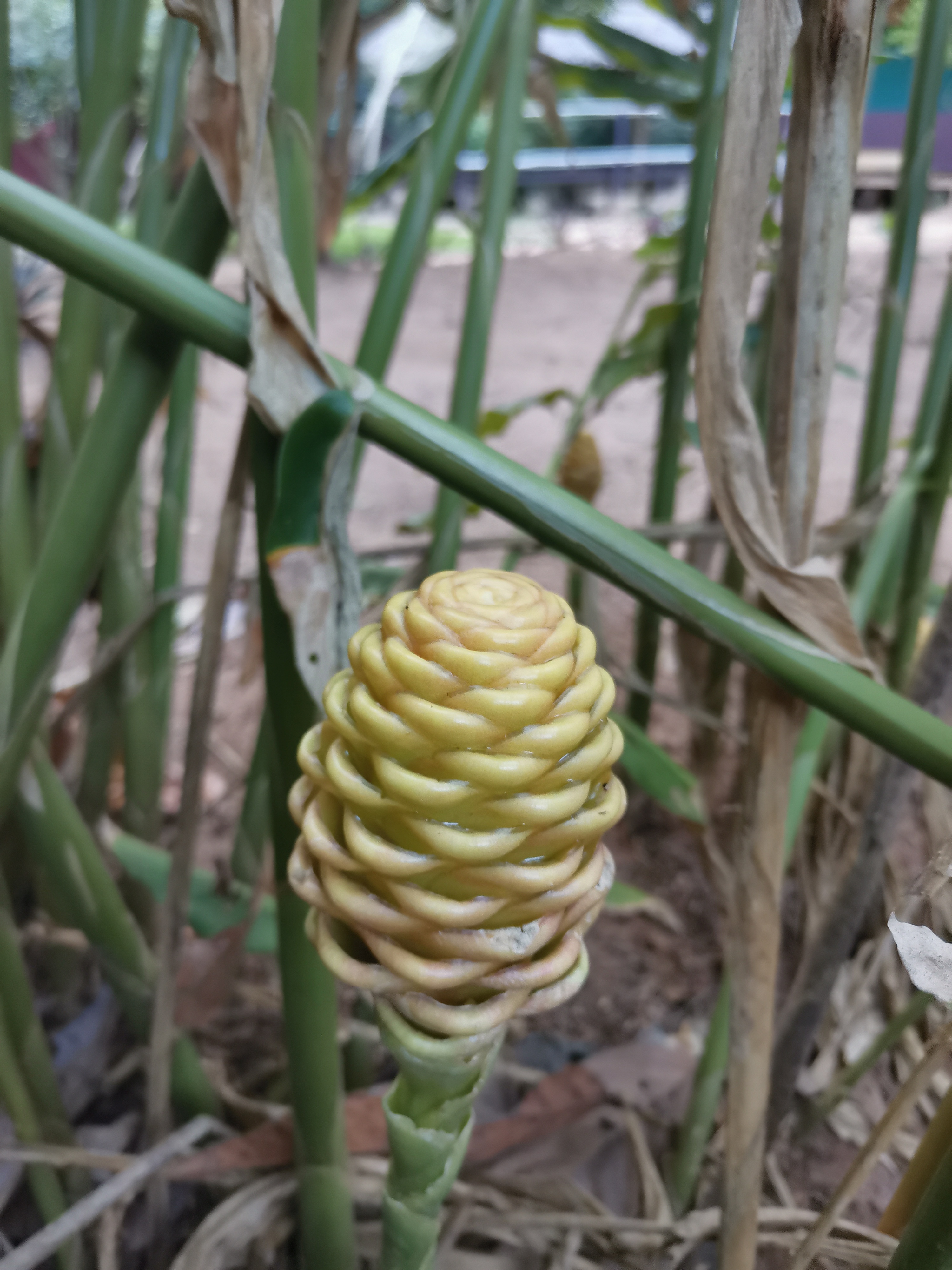
The jungle farm is self-sufficient, with a range of fruits and vegetables being grown there. Some of the most common crops were yams, carrots, papaya, coconuts, which were just some of the many ingredients used in our dsily meals during our tour.. On the second day we ventured deeper into the jungle, and ‘camped’Camping in the jungle 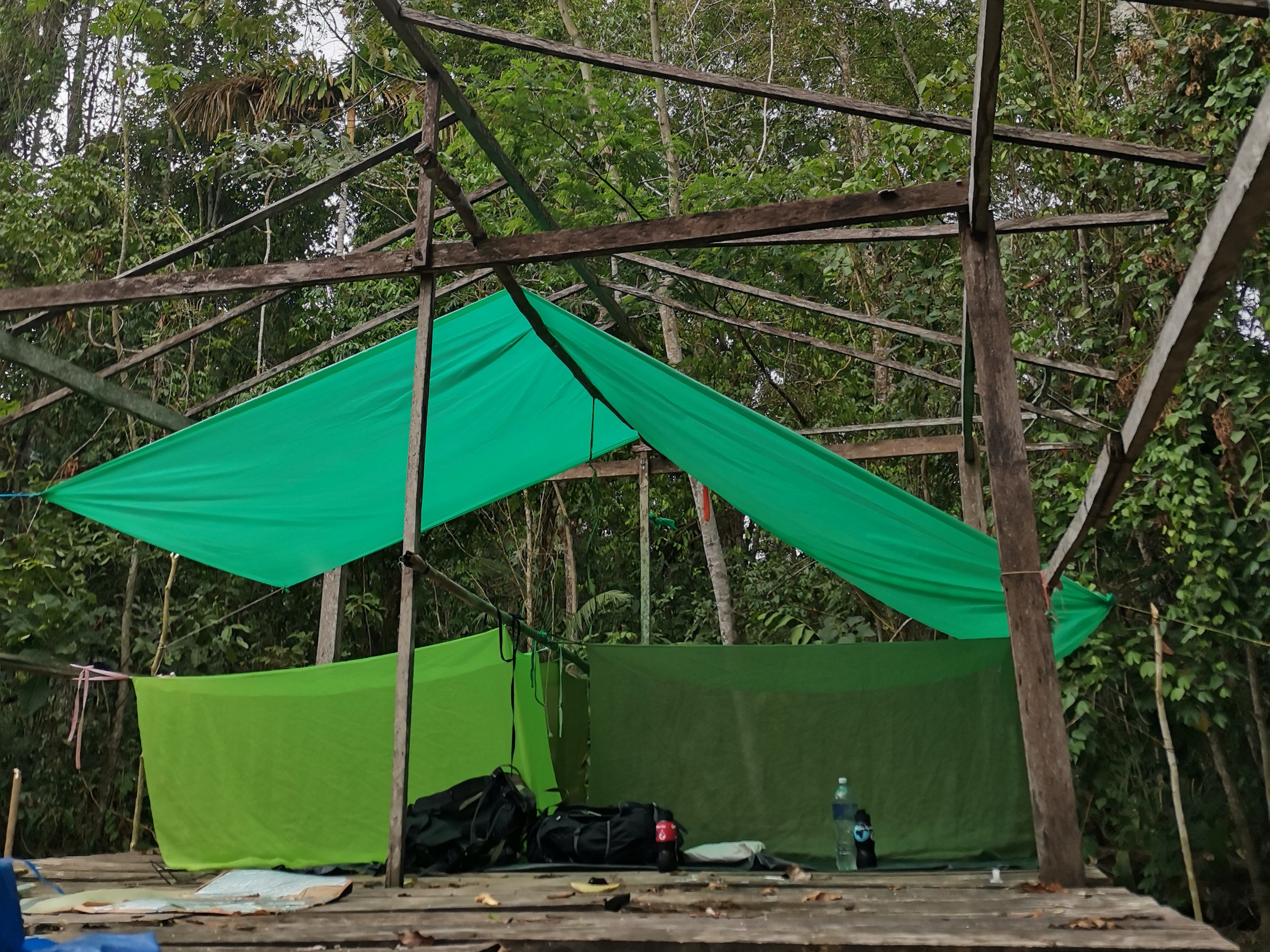 With just a thin mosquito net around us, and some waterproof tarpaulin overhead, we may as well have slept completely in the open. At least we had a raised wooden platform, to keep us out of reach of the alligators! besides a lake. Although very basic, sleeping under the stars, surrounded by the sounds of the jungle, was an amazing experience. Despite being terrified of what was lurking in the darkness, we slept like logs.
With just a thin mosquito net around us, and some waterproof tarpaulin overhead, we may as well have slept completely in the open. At least we had a raised wooden platform, to keep us out of reach of the alligators! besides a lake. Although very basic, sleeping under the stars, surrounded by the sounds of the jungle, was an amazing experience. Despite being terrified of what was lurking in the darkness, we slept like logs.
2 Nights in the Pampas
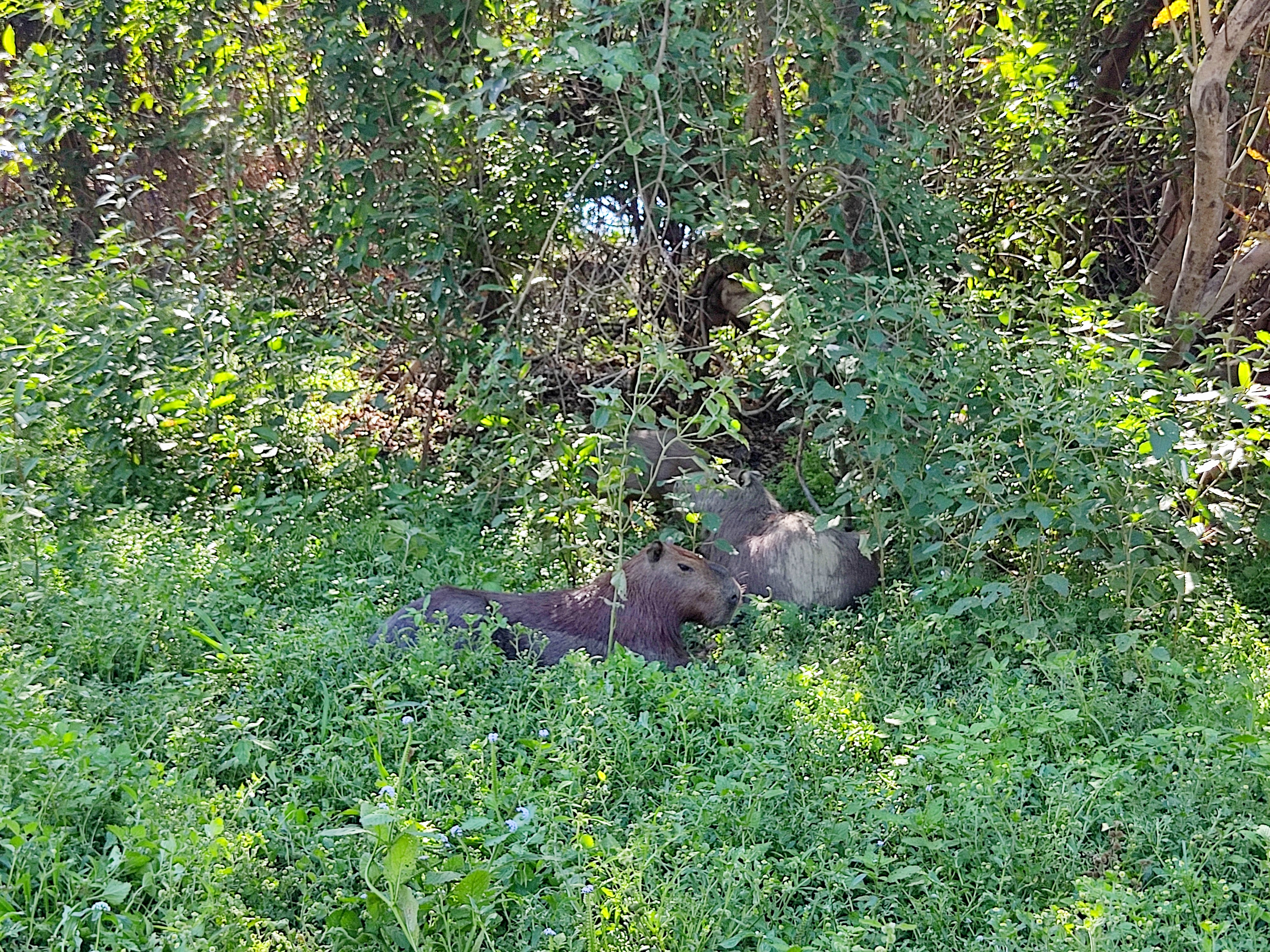
After 3 nights, we took the long boat ride back to Rurrenabaque, and then an even longer car ride to the Pampas, which was somehow hotter and sweatier than the Salva. After trekking and camping in the jungle, the Pampas felt like a luxury resort. The schedule was much more laid back, with plenty of time to relax in the hammocks, and daily hikes were replaced with relaxing river cruises.

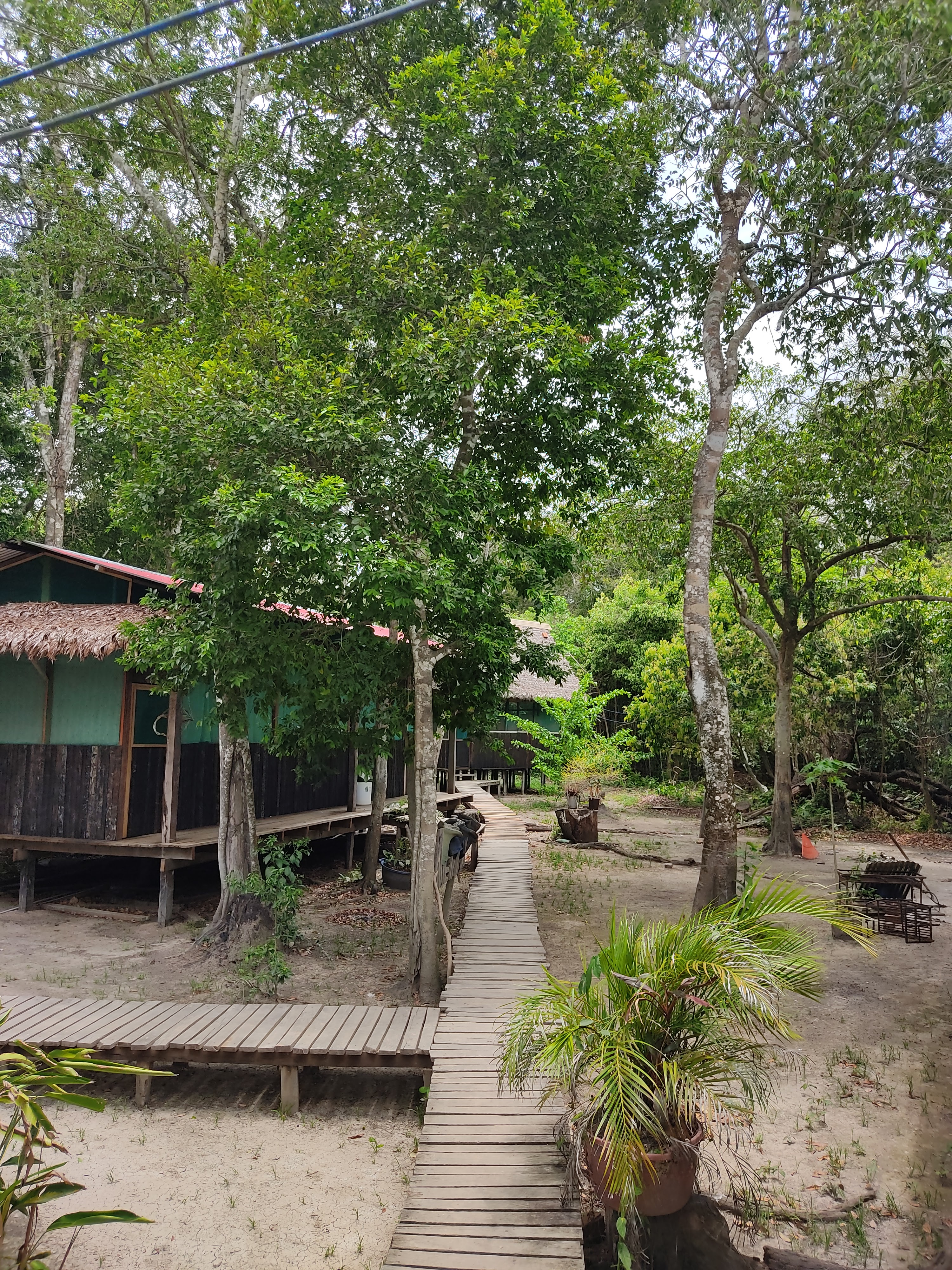
The river in the Pampas is absolutely teeming with life, and as we took the boat along the river we met countless intriguing creatures, most commonly alligators. Not a minute goes by in the Pampas without seeing at least a dozen of them. Most of the time you just see the aligator-heads sticking out of the water or sunbathing on the river bank, as still as statues, silently watching. However occasionally they would suddenly leap into the river precariously close to our boat. Alongside them, piranhasPiranhas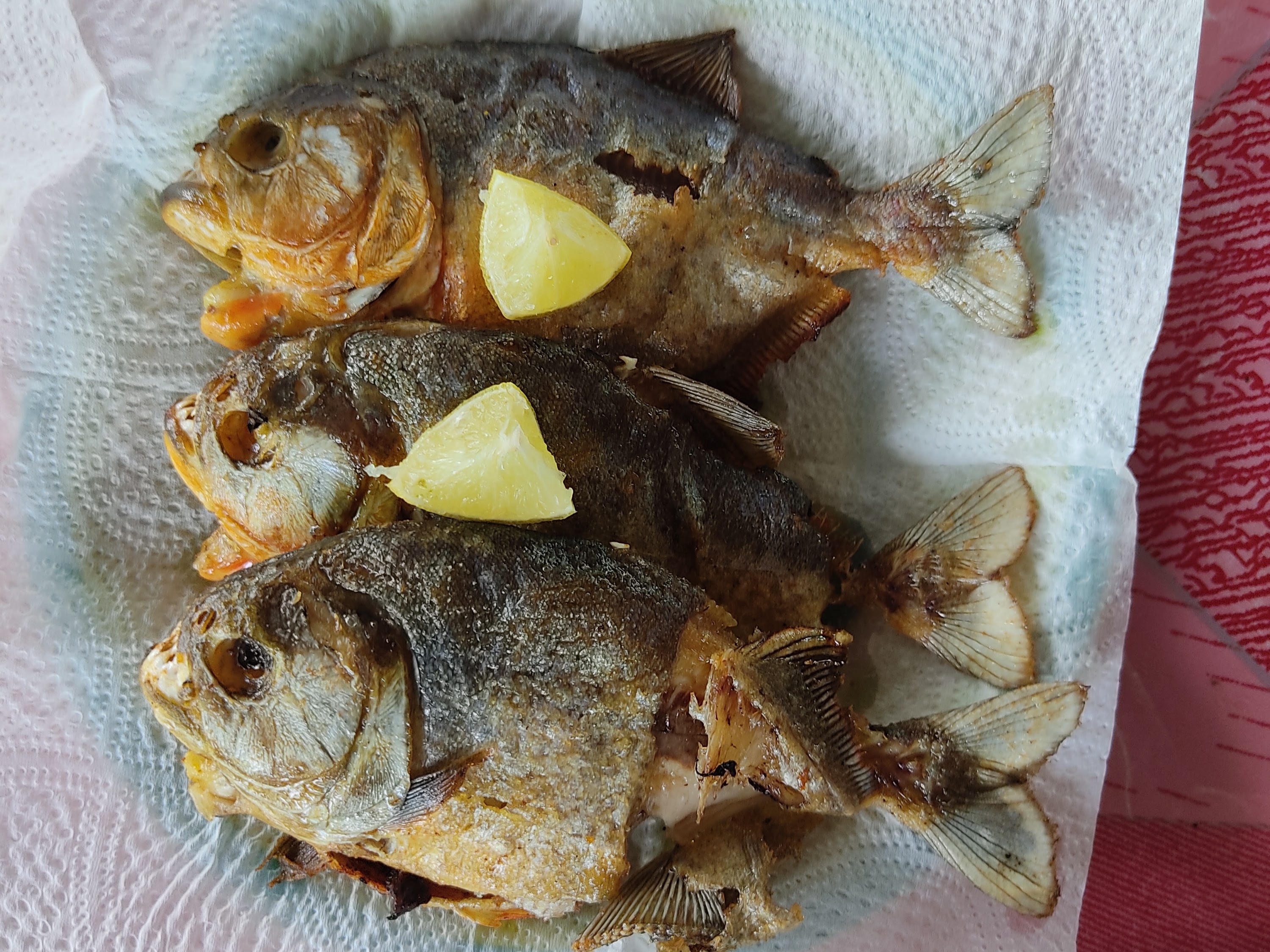 The piranhas that were unlucky enough not to finish the bait before the line was reeled in ended up becoming barbecued for dinner at the lodge. nibble at the cuts of meat on primitive fishing lines, demolishing the bait in seconds. Further upstream, our guide assured us it was safe to jump into the river and swim to cool off from the heat, but the ominous aligator heads bobbing around at the periphery was rather offputing.
The piranhas that were unlucky enough not to finish the bait before the line was reeled in ended up becoming barbecued for dinner at the lodge. nibble at the cuts of meat on primitive fishing lines, demolishing the bait in seconds. Further upstream, our guide assured us it was safe to jump into the river and swim to cool off from the heat, but the ominous aligator heads bobbing around at the periphery was rather offputing.
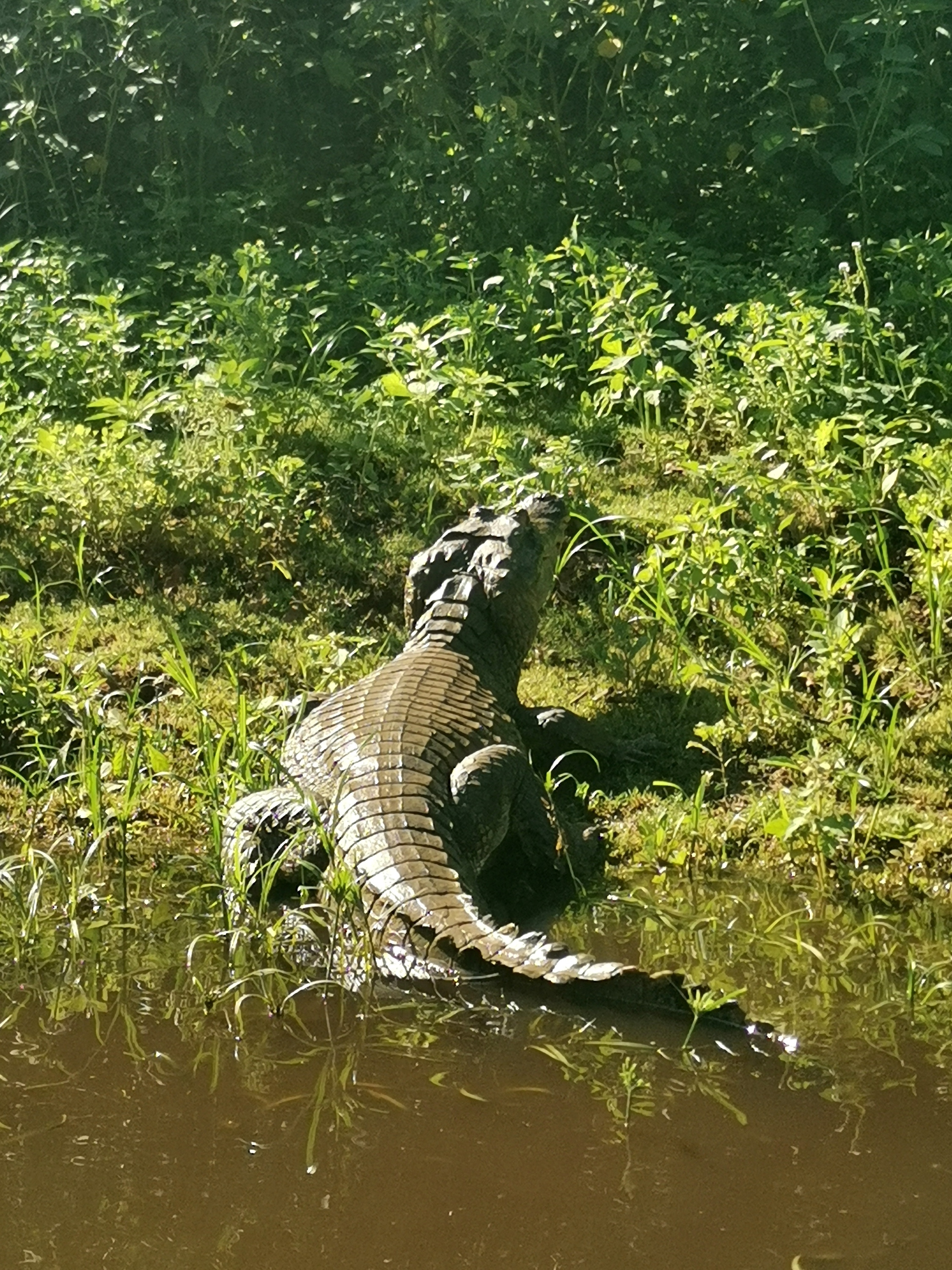

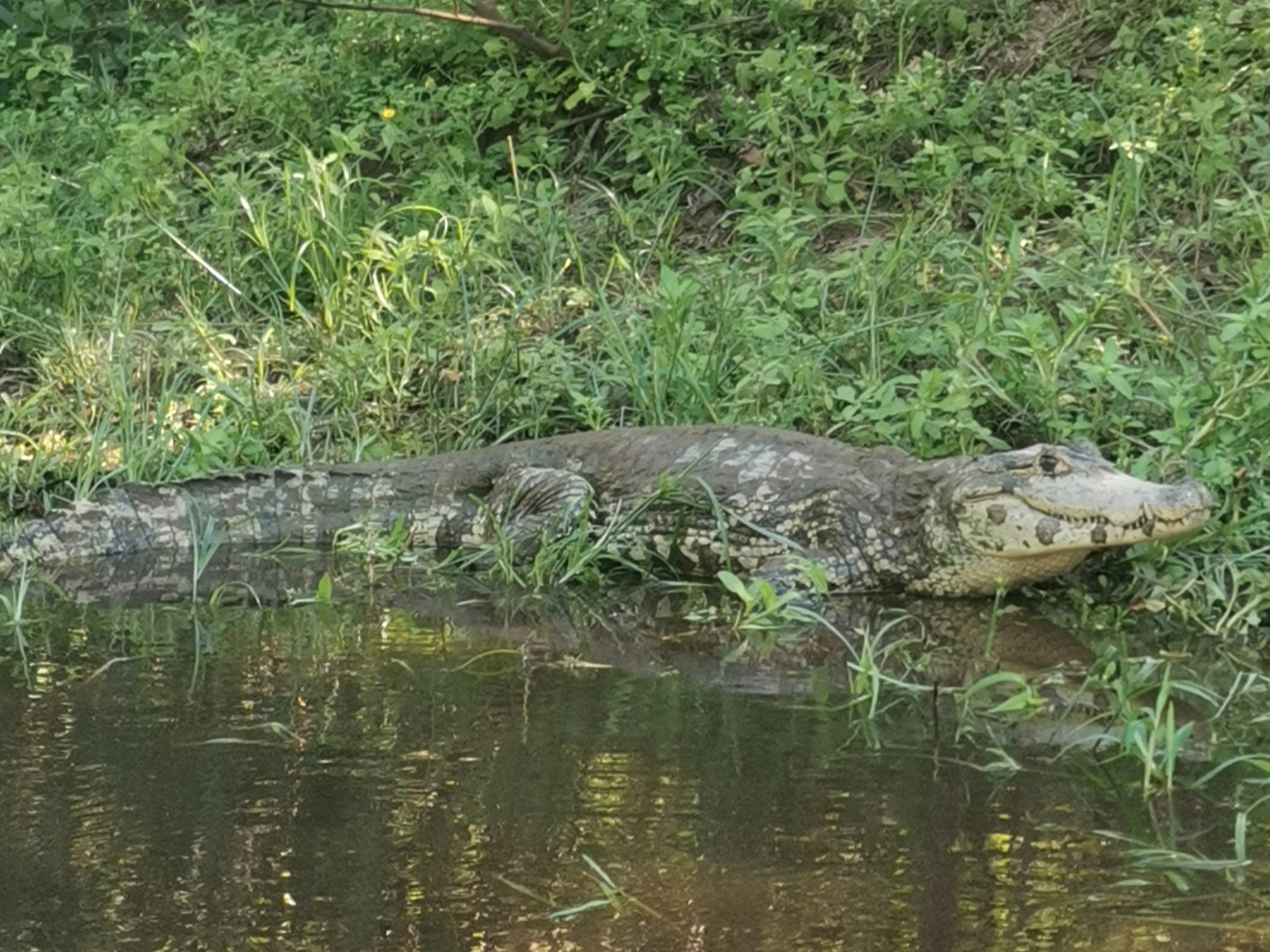
Aparently oblivious to the preditors lurking below, birds of all colours and sizes squawk and squabble in the trees above the river, while brave tortoises sunbathe on tree trunks in the water and families of capybaras relax on the riverbanks. With so many animals all thriving in such a small area, it is amazing that they seem to get on so harmoniously.
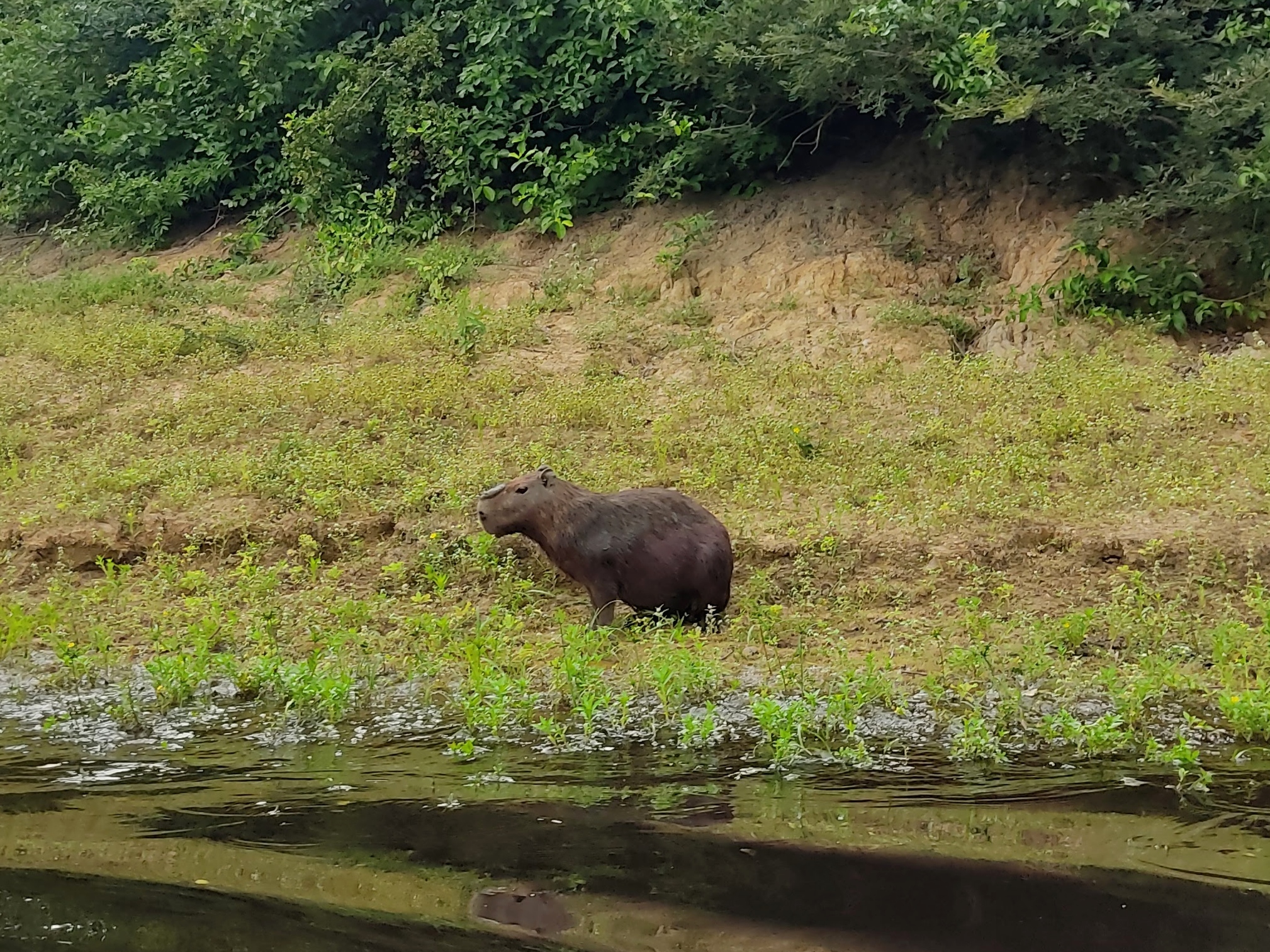
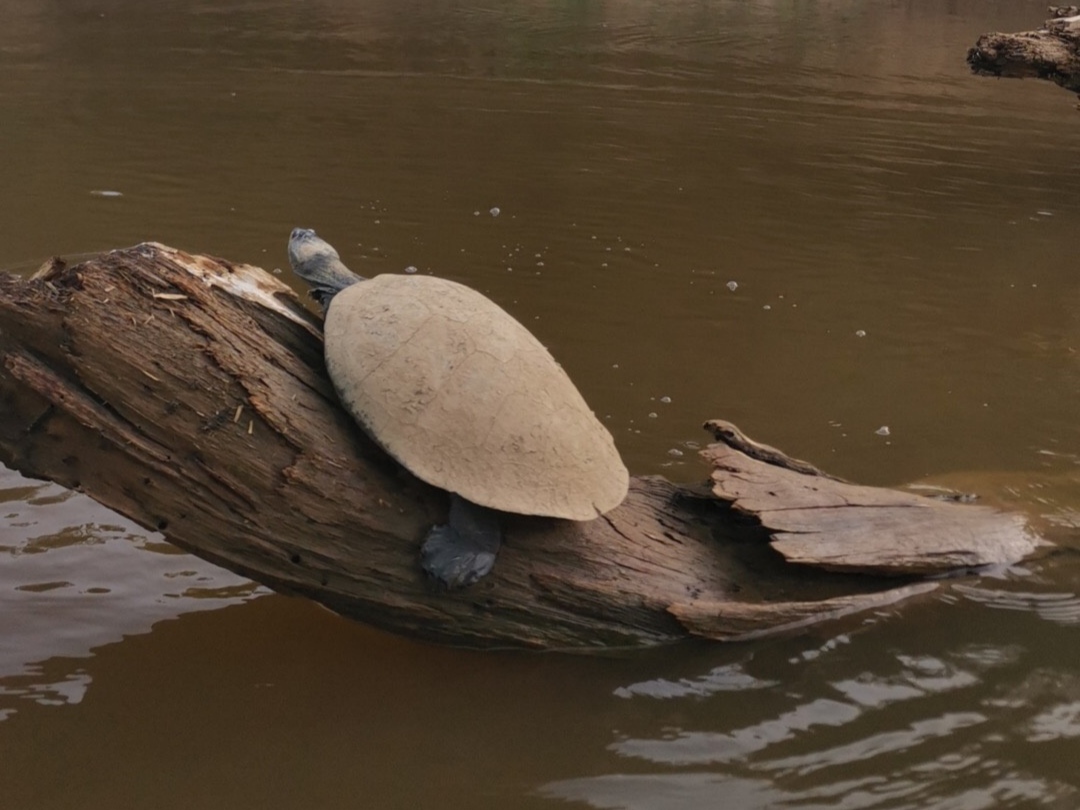
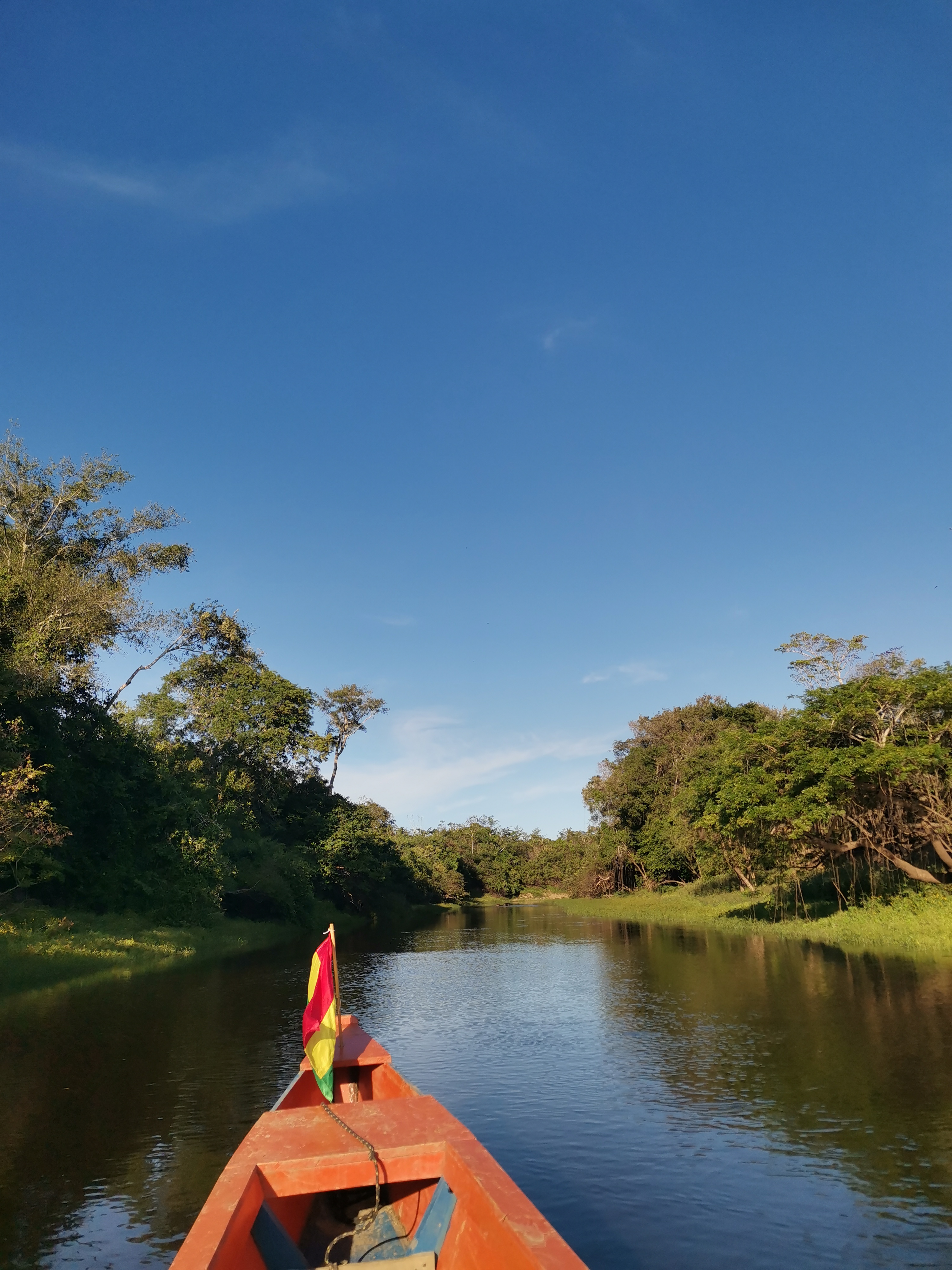
Besides these common sightings, we also saw several rarer animals, large black caimans swimming worryingly close to the boat, and tapirs wading across the river. We even got a brief glimpse of the pink river dolphins coming up for air at one point, but they were too shy to stick around. We went on a trek through the grassy plains in search of anacondas. After an hour or more in the hot sun, we finally found one of the huge snakes, slithering and writhing around a tree trunk, followed by a second one hiding in a hollowed-out stump. Fortunately for us, they were both small for anacondas, at 'only' 4m in length.
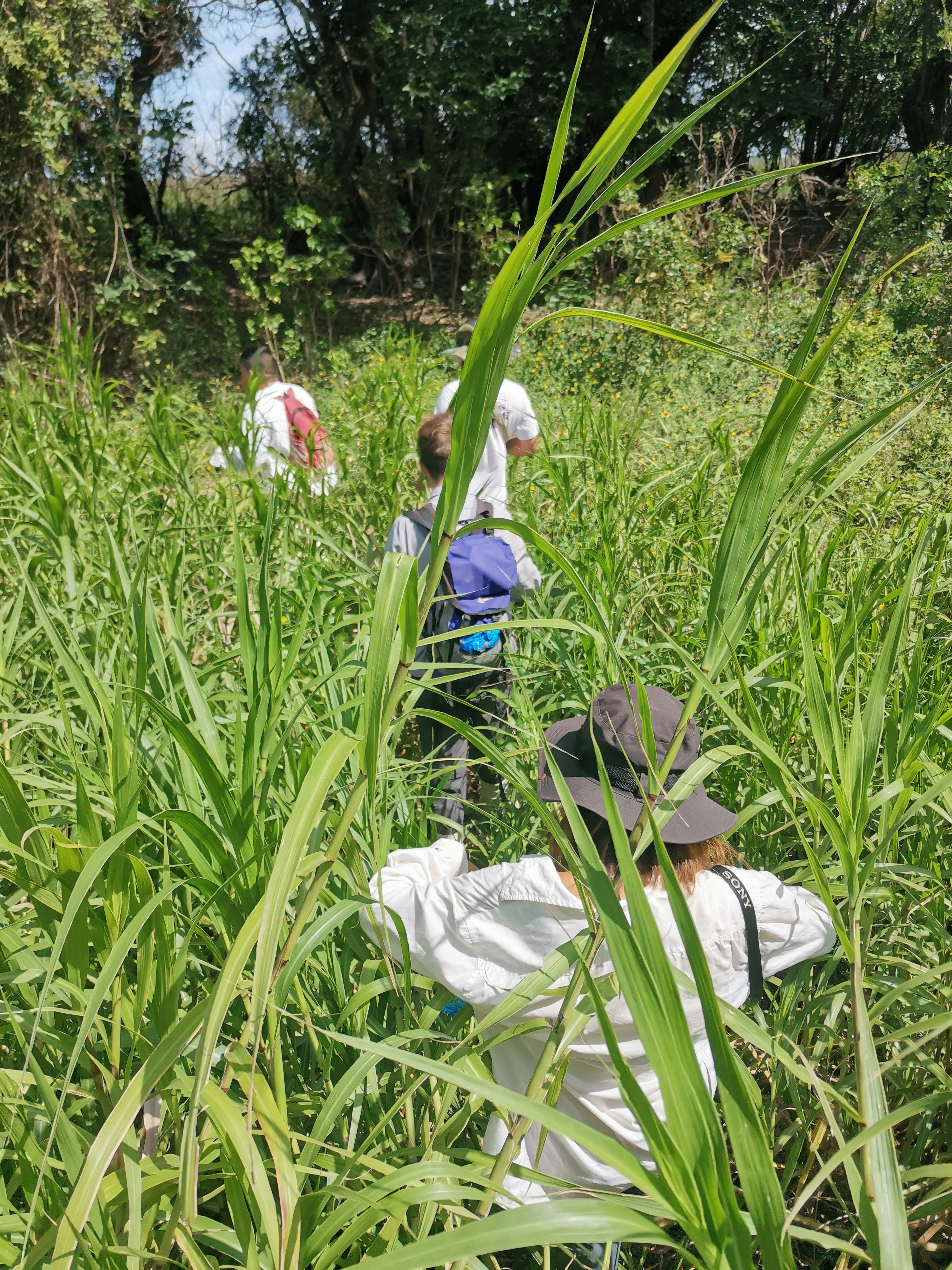
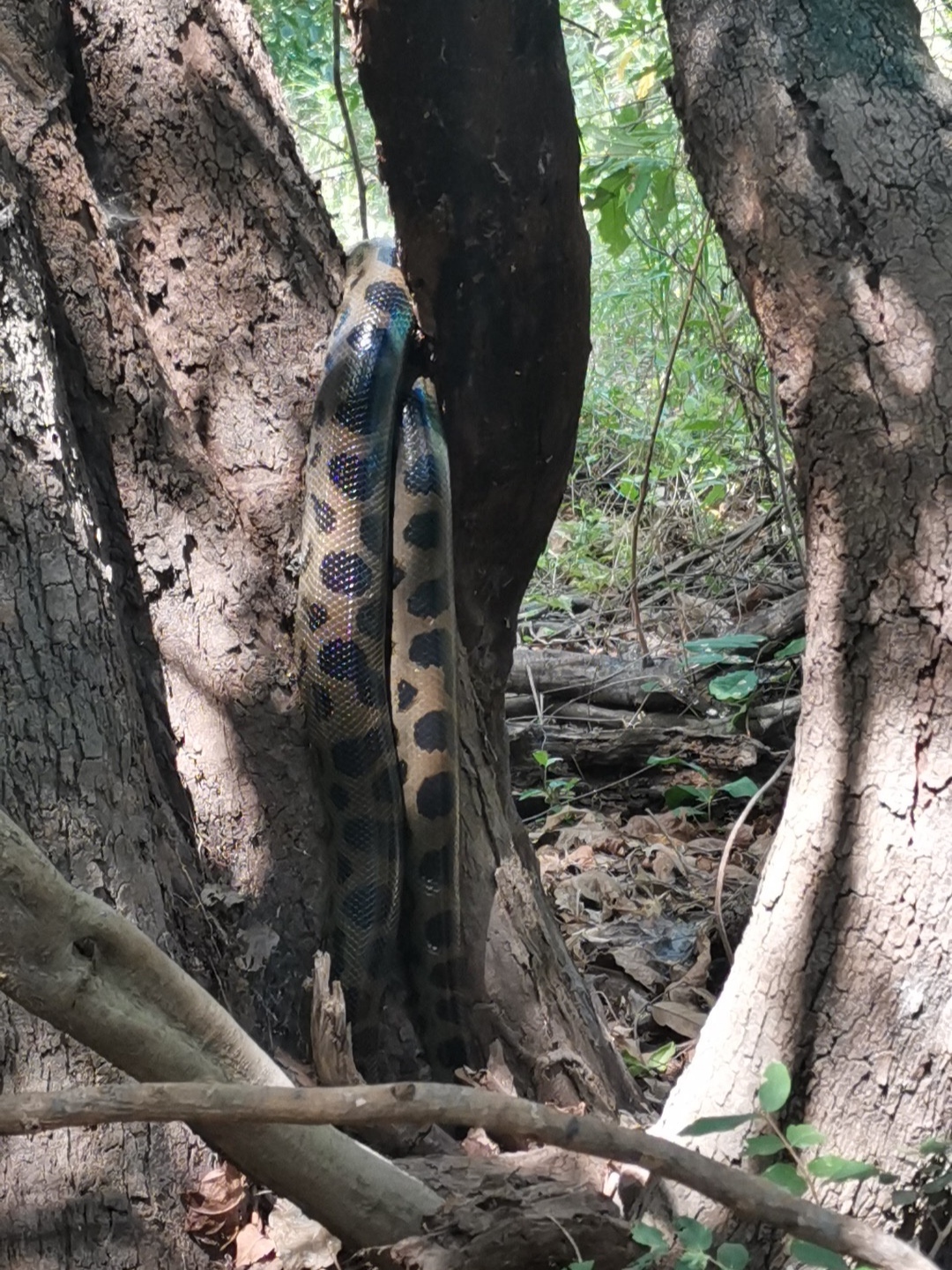
Even back at the lodge, we were never far from wildlife, with a troop of orange monkeys swinging around in the branches overhead, curiously eyeing up whatever we were having for dinner.

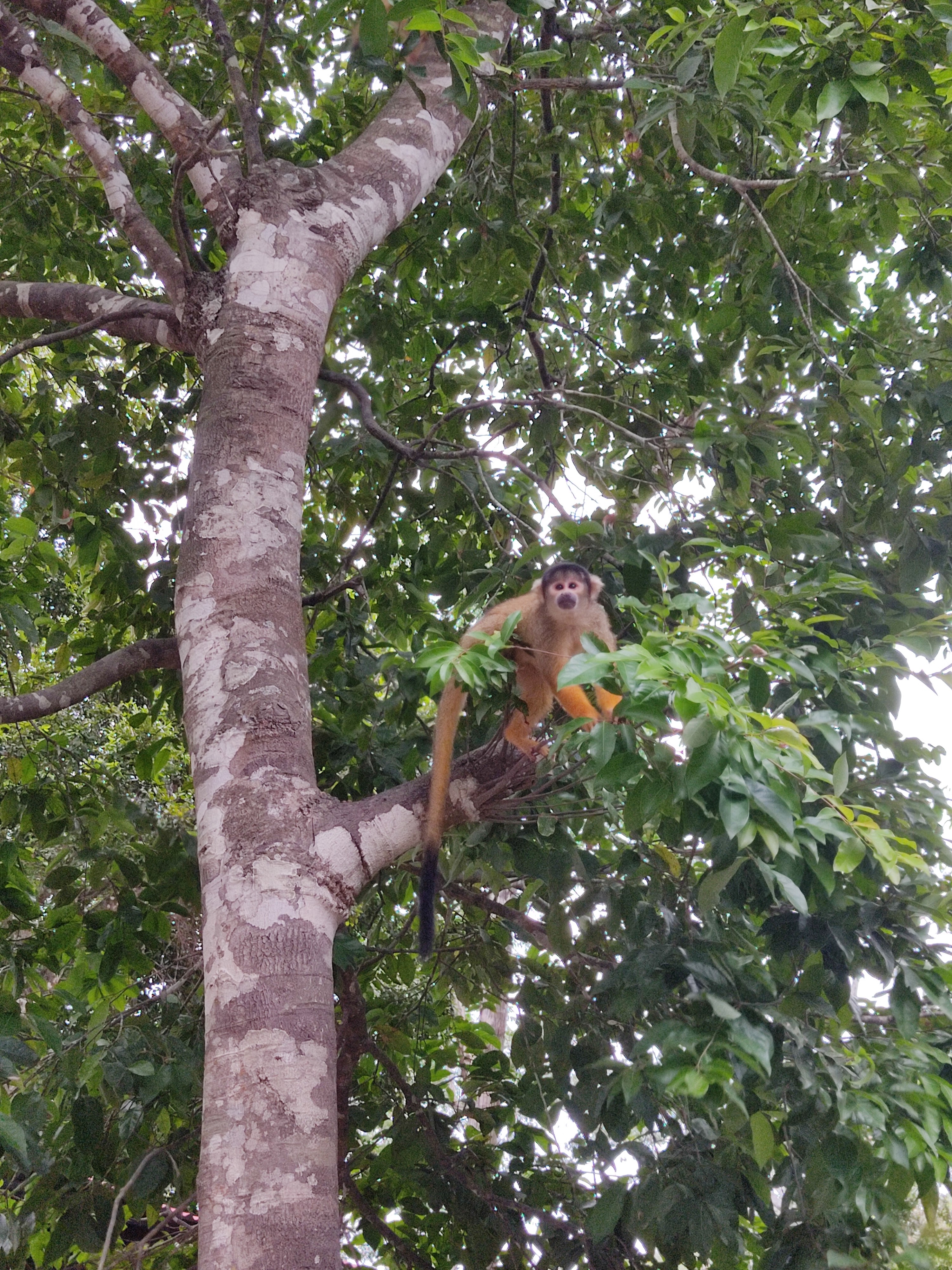
Our visit to the Pampas was a lovely change from the exertion of trekking through the jungle, and provided us with some incredible (and worryingly close-up) encounters with some of the Amazon's most famous animals.
Overview
From the creepy-crawlies and the huge black caimans, to the playful monkeys and laid-back capybaras, the Bolivian Amazon was a real privilege to experience. Nothing compares to going to a place so wild and raw, where humans haven't yet tarnished but instead have co-existed in peace. The fascinating ways the indigenous people and tribes in the jungle have learned to survive in such a place are impressive, even more so when you get the chance to experience it yourself.
Related.
24th March 2024
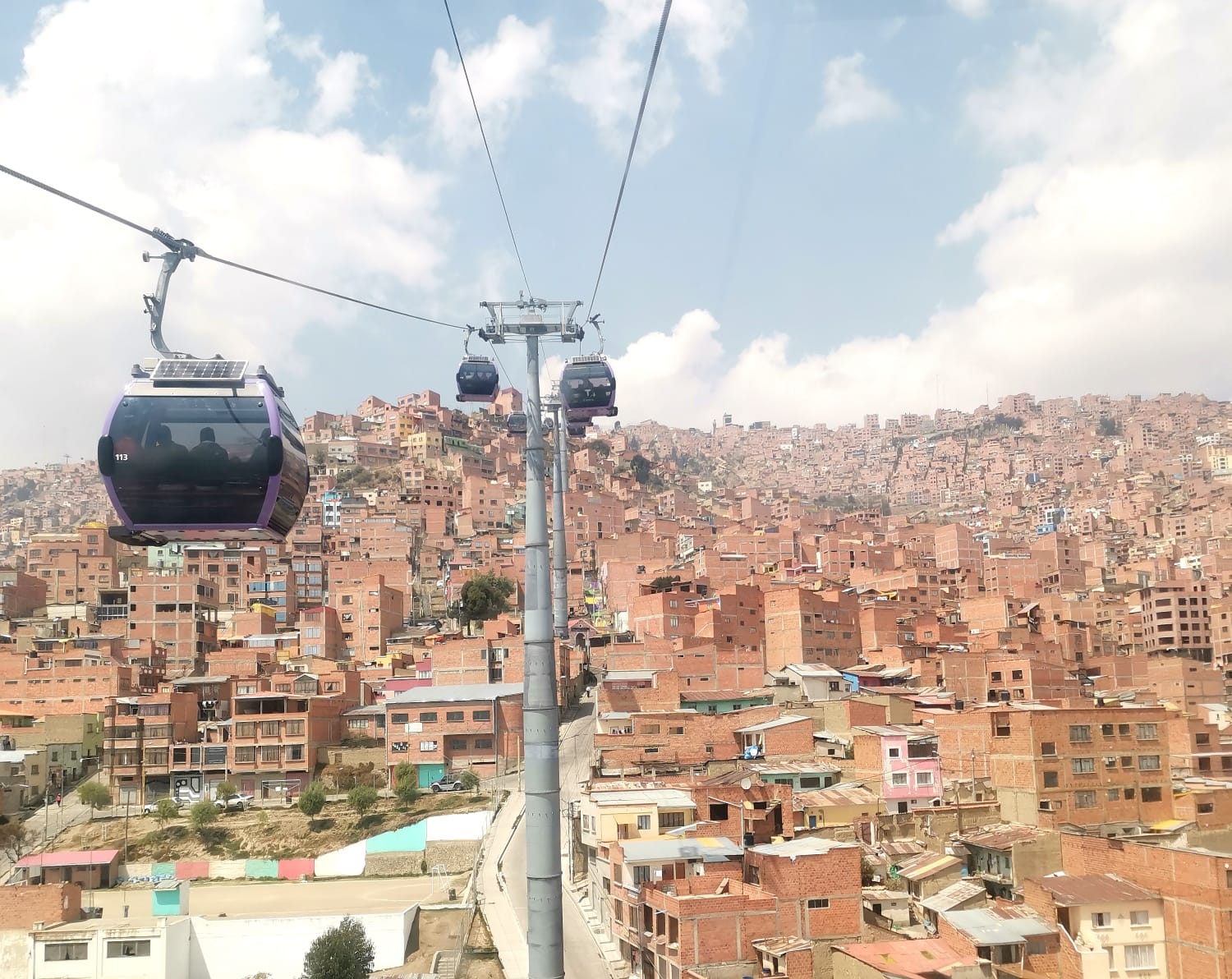
With so much character, La Paz is truly one of the most intriguing cities to visit in South America...
4th March 2024
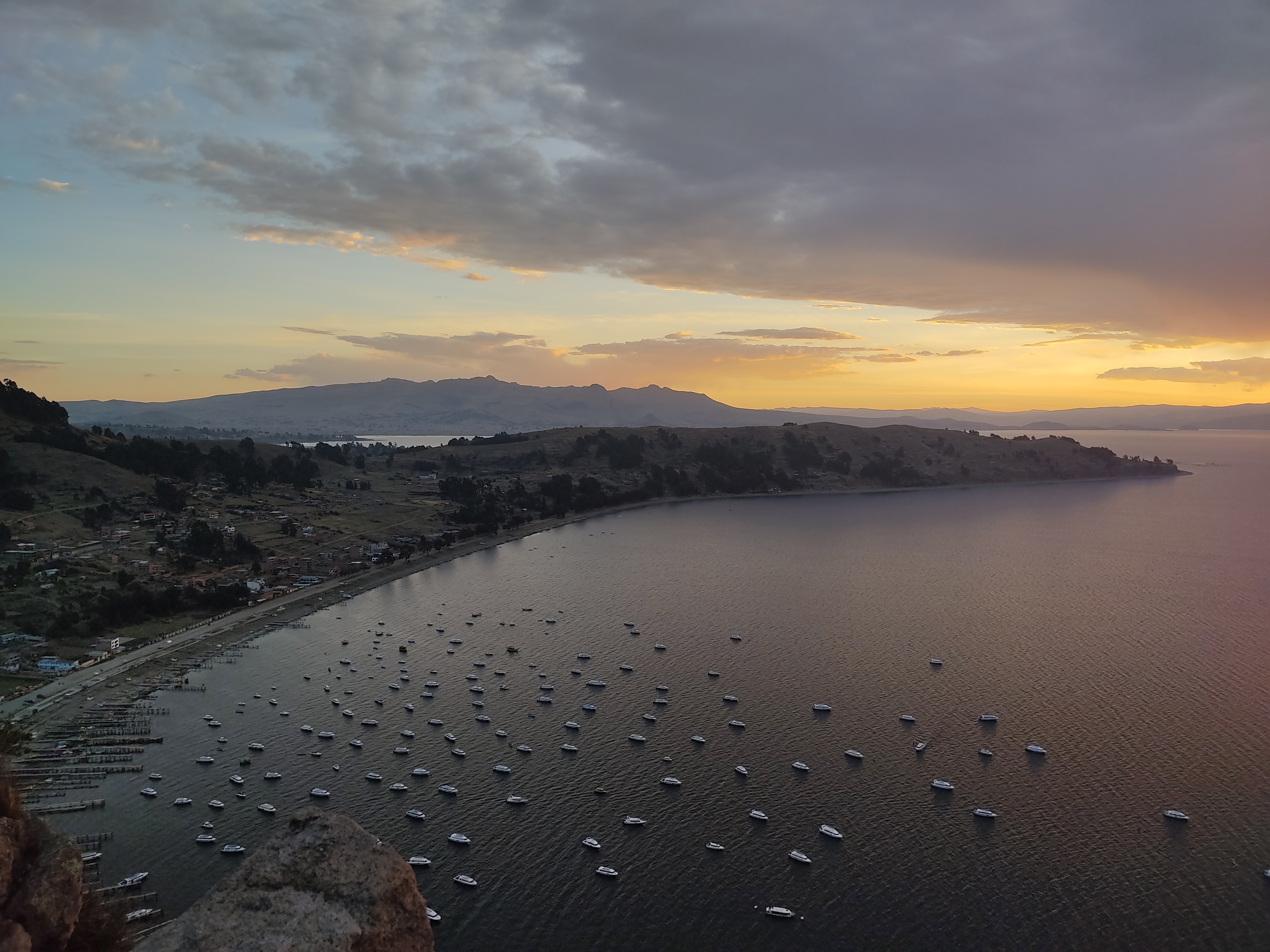
Sitting at over 3,800m above sea level, lake Titicaca is known for being the...
17th March 2024
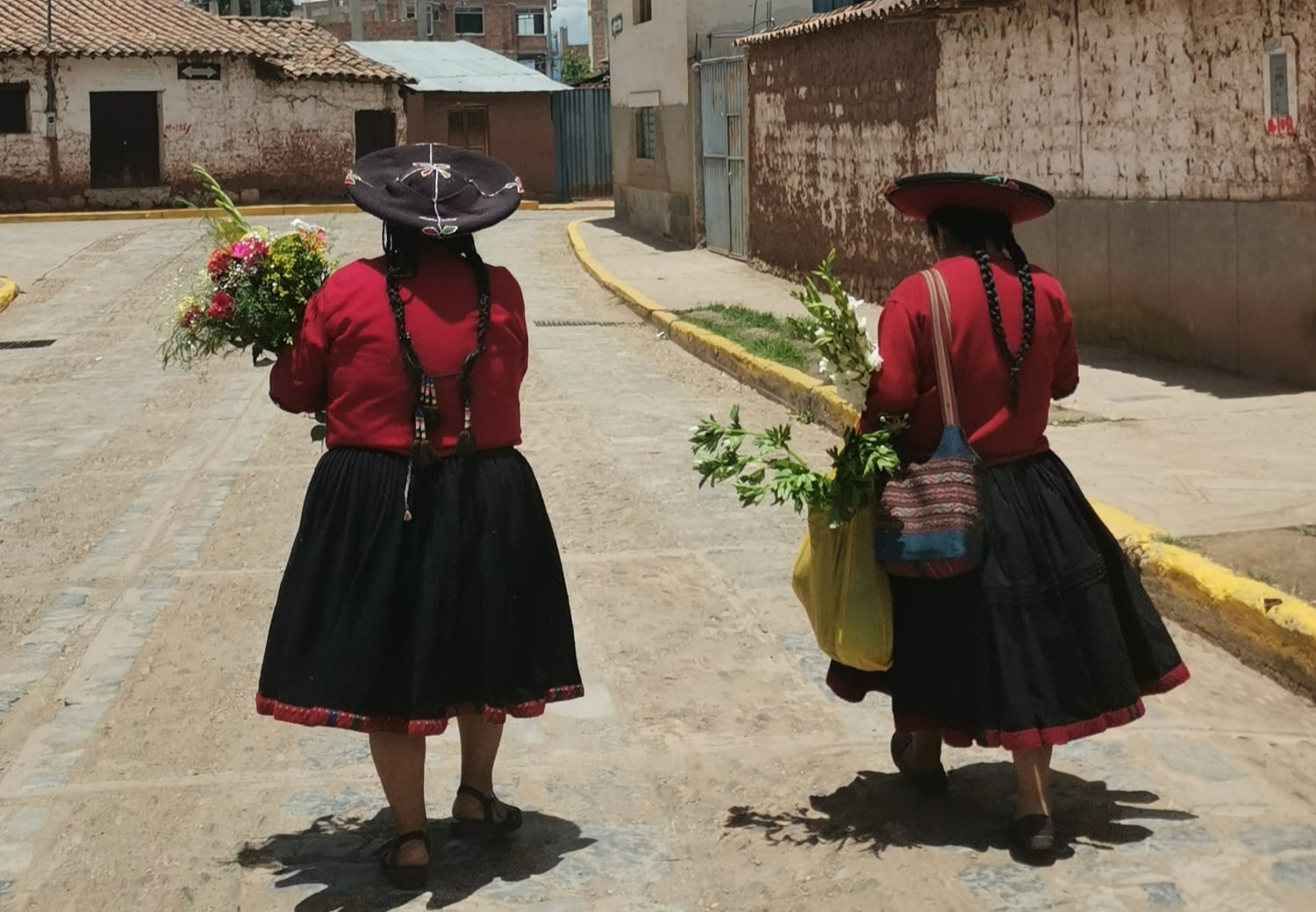
Although famous for Machu Picchu, there is so much more this country has to offer. Peru is full..
18th April 2024
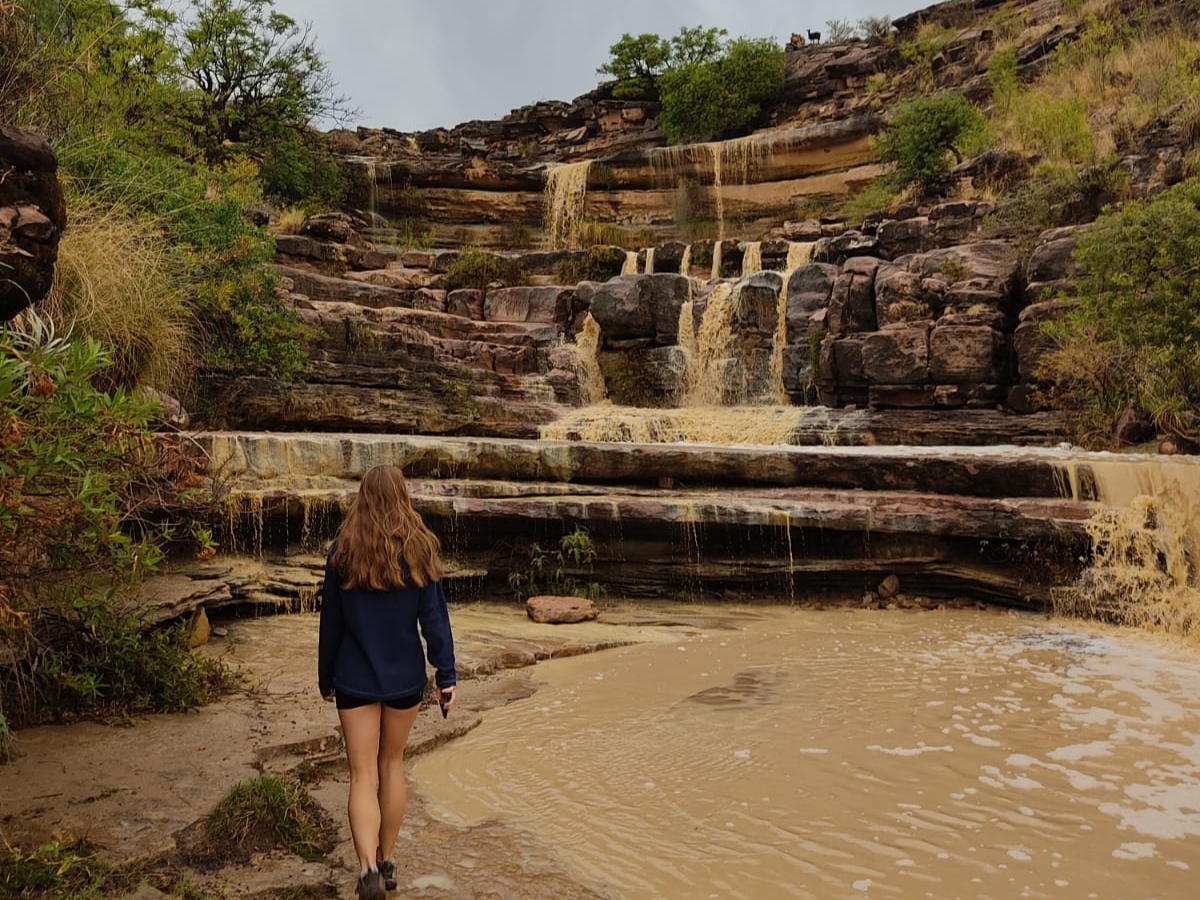
It's not one of South America's most popular or well-known national parks, but a few hours from the city of...
